Avoiding harsh and toxic chemicals in your cleaning products is important for several reasons, including health and environmental concerns.
At Koala Eco, we ensure our formulations are made with ingredients that are safe for you and your family to use with confidence, including Australian essential oils and plant based ingredients. Many cleaning products don’t disclose what they use in their formulations, and worryingly many still assert that the products are safe and non-toxic. We’ve created some guidelines on what ingredients to avoid if possible.
Here is what you should avoid and why:
Phthalates:
- Health Risks: Phthalates are endocrine disruptors that can interfere with hormone function, potentially leading to reproductive issues, developmental problems in children, and an increased risk of certain cancers.
- Environmental Impact: They can persist in the environment and accumulate in wildlife, causing ecological harm.
PFAS (Per- and Polyfluoroalkyl Substances):
- Health Risks: PFAS are known as "forever chemicals" because they do not break down easily. They have been linked to various health issues, including cancer, liver damage, immune system effects, and developmental problems.
- Environmental Impact: PFAS contaminate water sources and accumulate in the environment, posing long-term ecological risks.
- Health Risks: Parabens are preservatives that can mimic estrogen in the body, potentially leading to hormonal imbalances and an increased risk of breast cancer.
- Environmental Impact: They can also harm aquatic life when they enter water systems.
- Health Risks: These surfactants can cause skin irritation, allergic reactions, and dryness. SLES may also be contaminated with 1,4-dioxane, a probable human carcinogen.
- Environmental Impact: They can be toxic to aquatic life and contribute to water pollution.
- Health Risks: Chlorine can cause respiratory issues, skin and eye irritation, and has been linked to an increased risk of asthma. When mixed with other chemicals, it can form harmful byproducts like chloroform.
- Environmental Impact: Chlorine can form toxic compounds in the environment, which can harm aquatic life and contaminate water sources.
- Health Risks: Synthetic dyes can cause allergic reactions and skin irritation. Some dyes are also suspected carcinogens.
- Environmental Impact: Dyes can pollute water sources and are harmful to aquatic organisms.
- Health Risks: Masking agents can cause allergic reactions and respiratory issues. They often contain chemicals that are not disclosed, leading to potential unknown health risks.
- Environmental Impact: These chemicals can accumulate in the environment and may be harmful to wildlife.
- Health Risks: Synthetic fragrances can contain hundreds of different chemicals, including phthalates and allergens. They can cause respiratory issues, skin irritation, and exacerbate asthma.
- Environmental Impact: Fragrance chemicals can be persistent in the environment and toxic to aquatic life.
- Health Risks: Phosphates are not directly harmful to human health in cleaning products but can indirectly affect health by contributing to environmental problems.
- Environmental Impact: Phosphates can lead to eutrophication in water bodies, causing algal blooms that deplete oxygen and harm aquatic ecosystems.
By avoiding products containing these chemicals, you can reduce your exposure to potentially harmful substances and contribute to a healthier environment. Opting for products like Koala Eco, that don’t contain any of these substances, can be a safer and more sustainable choice.




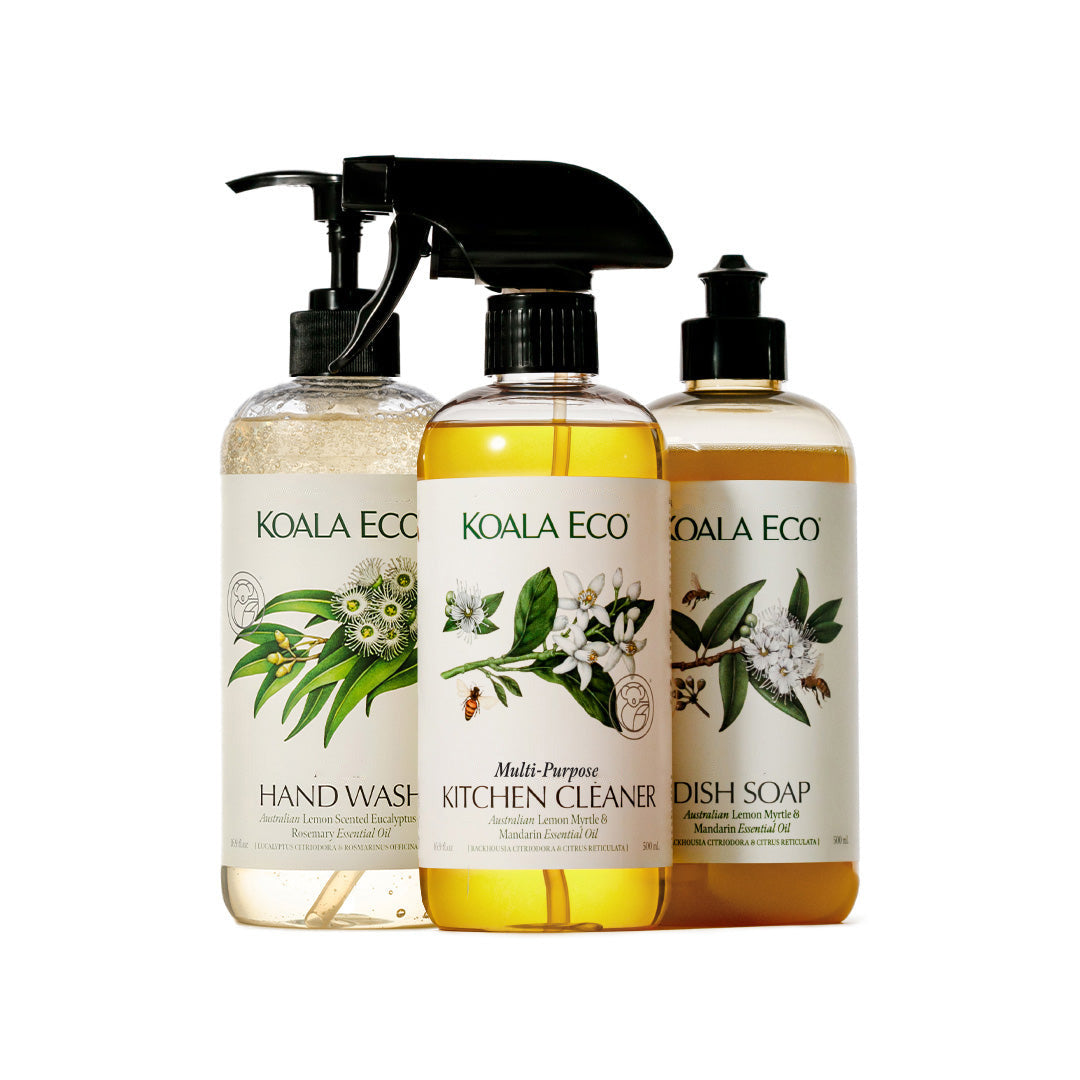
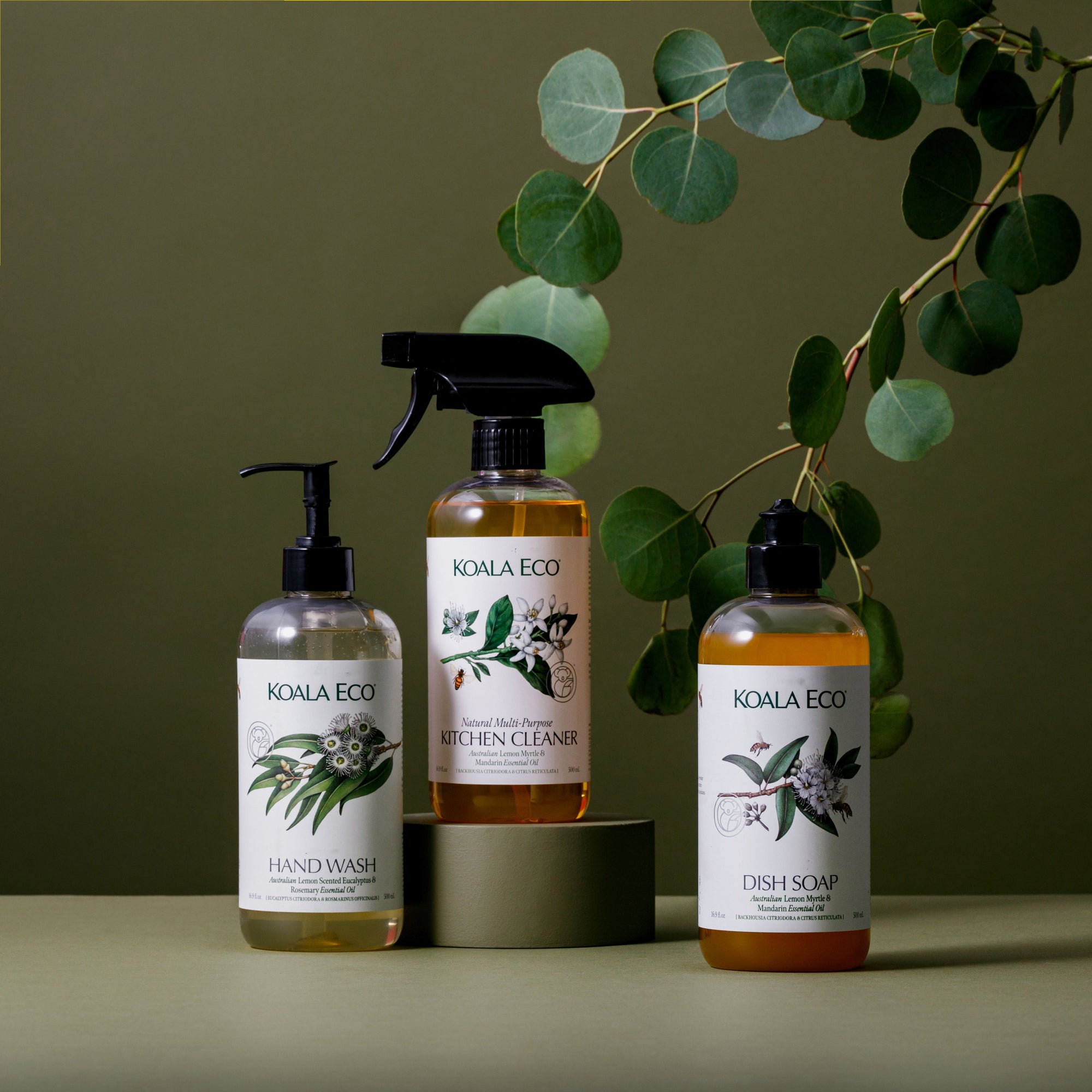
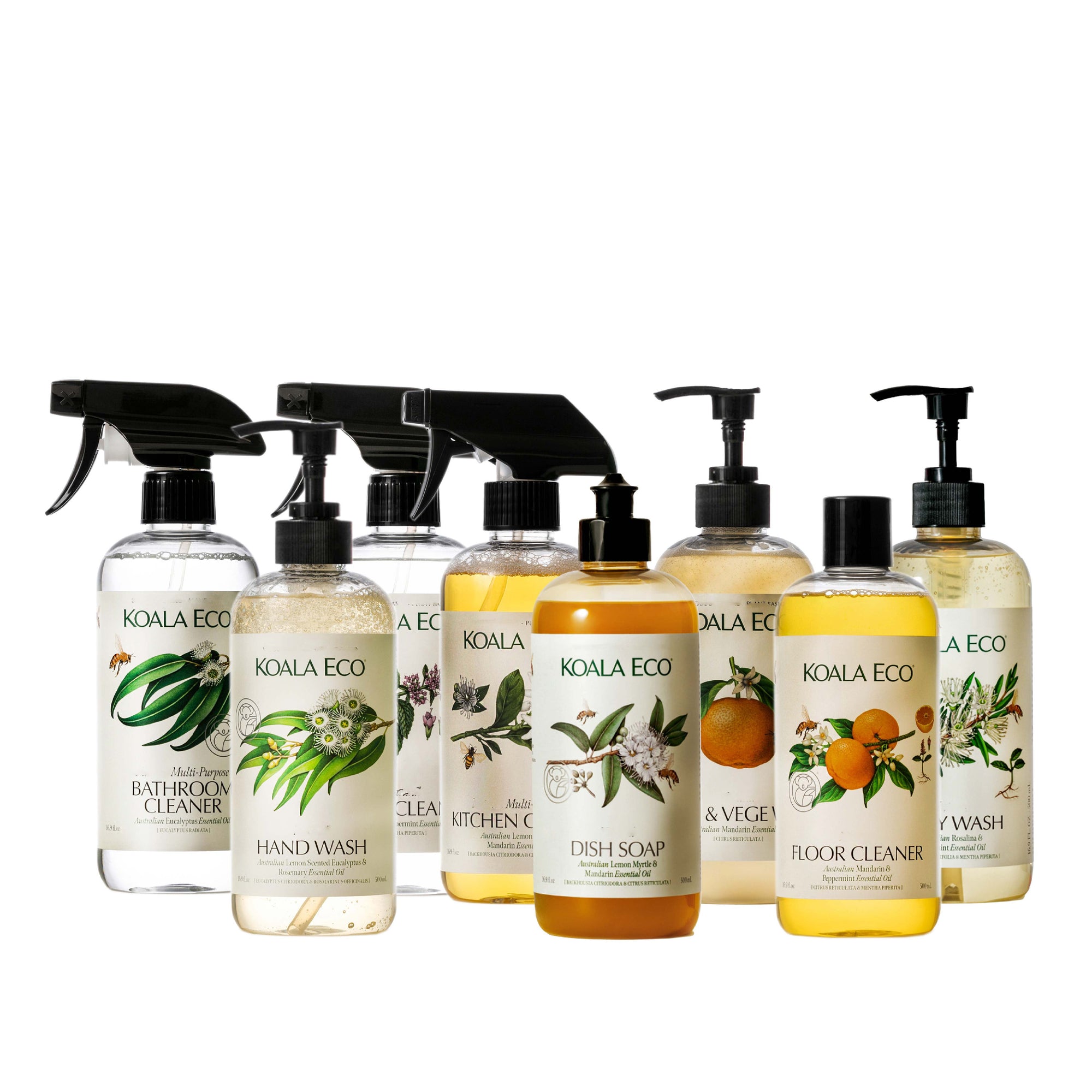
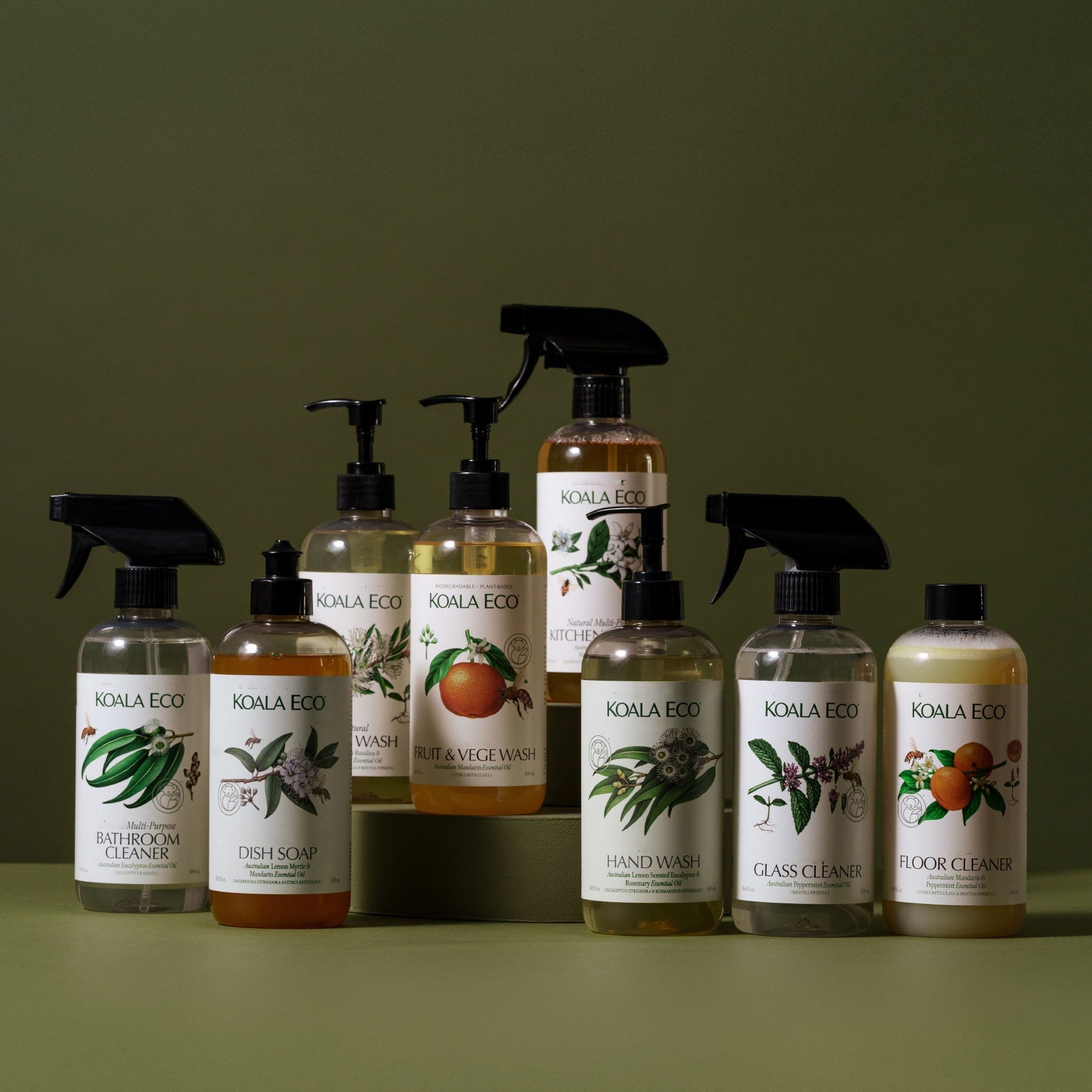
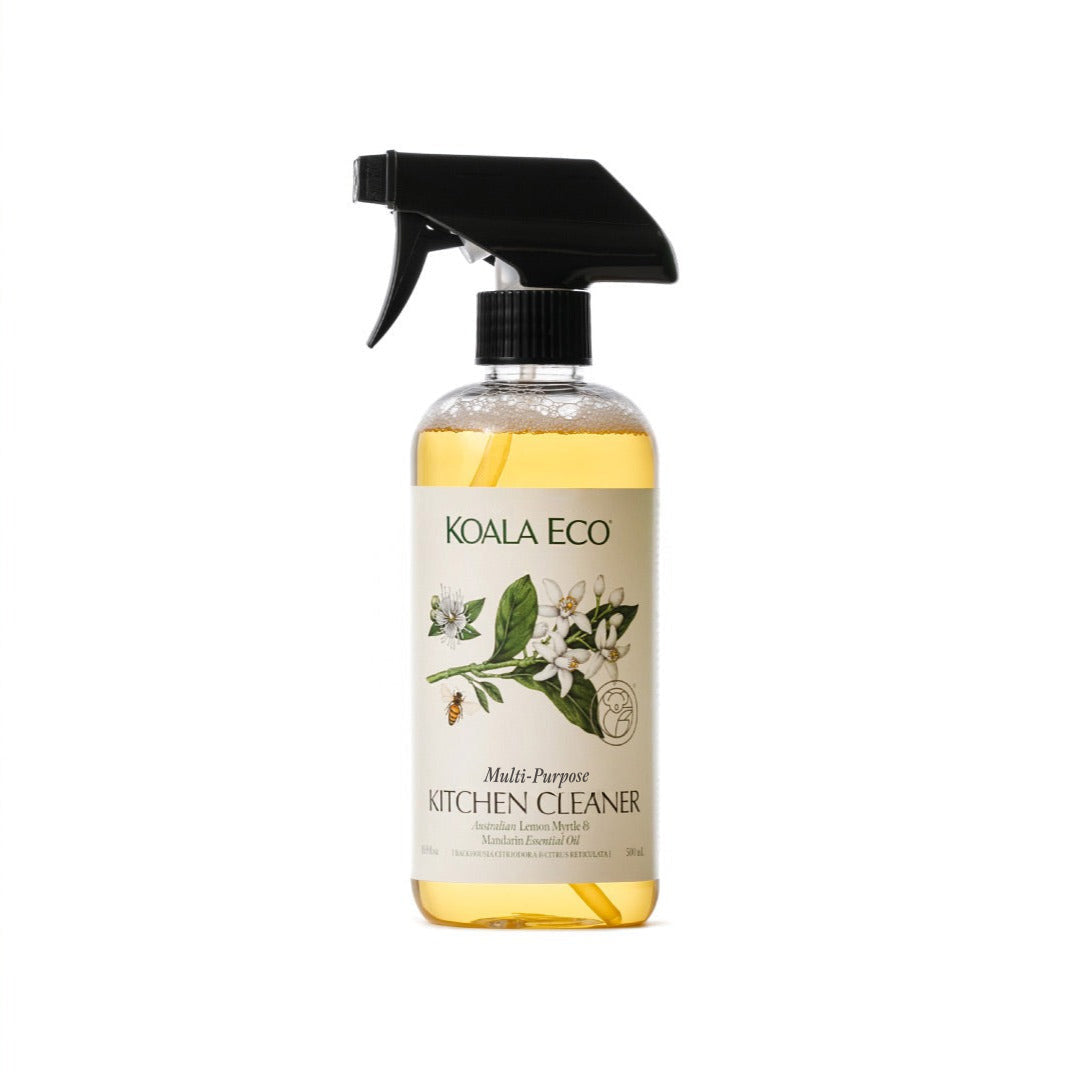
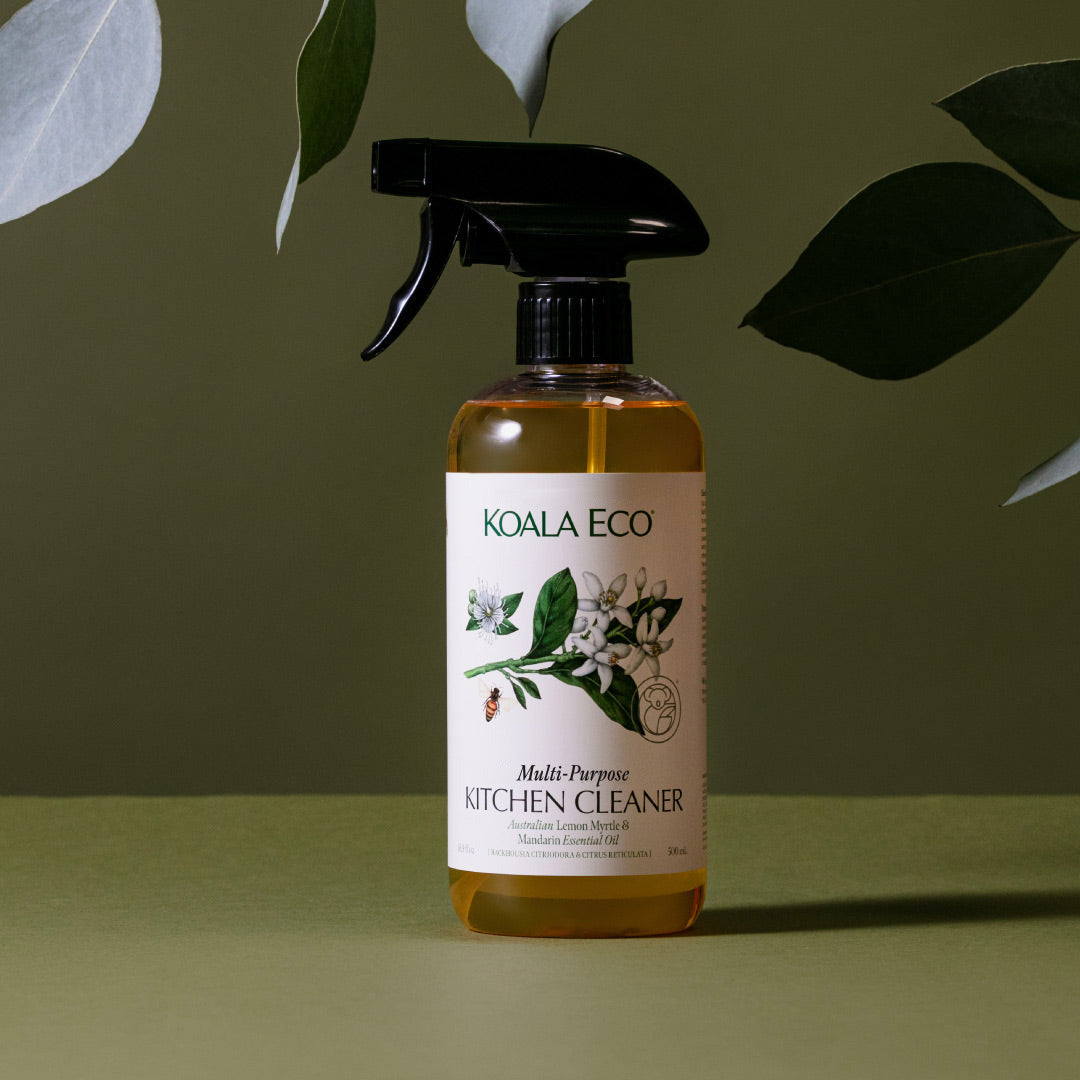
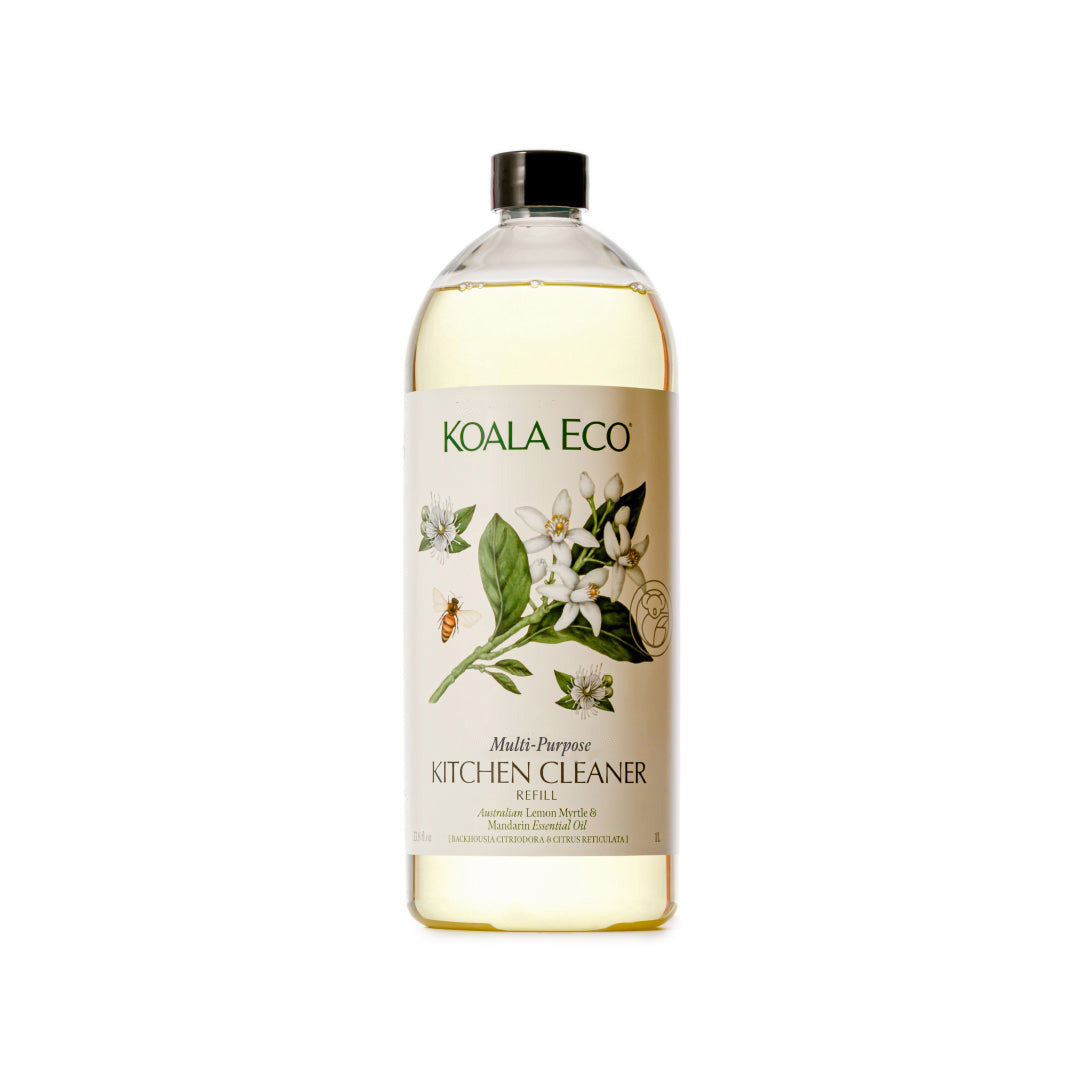
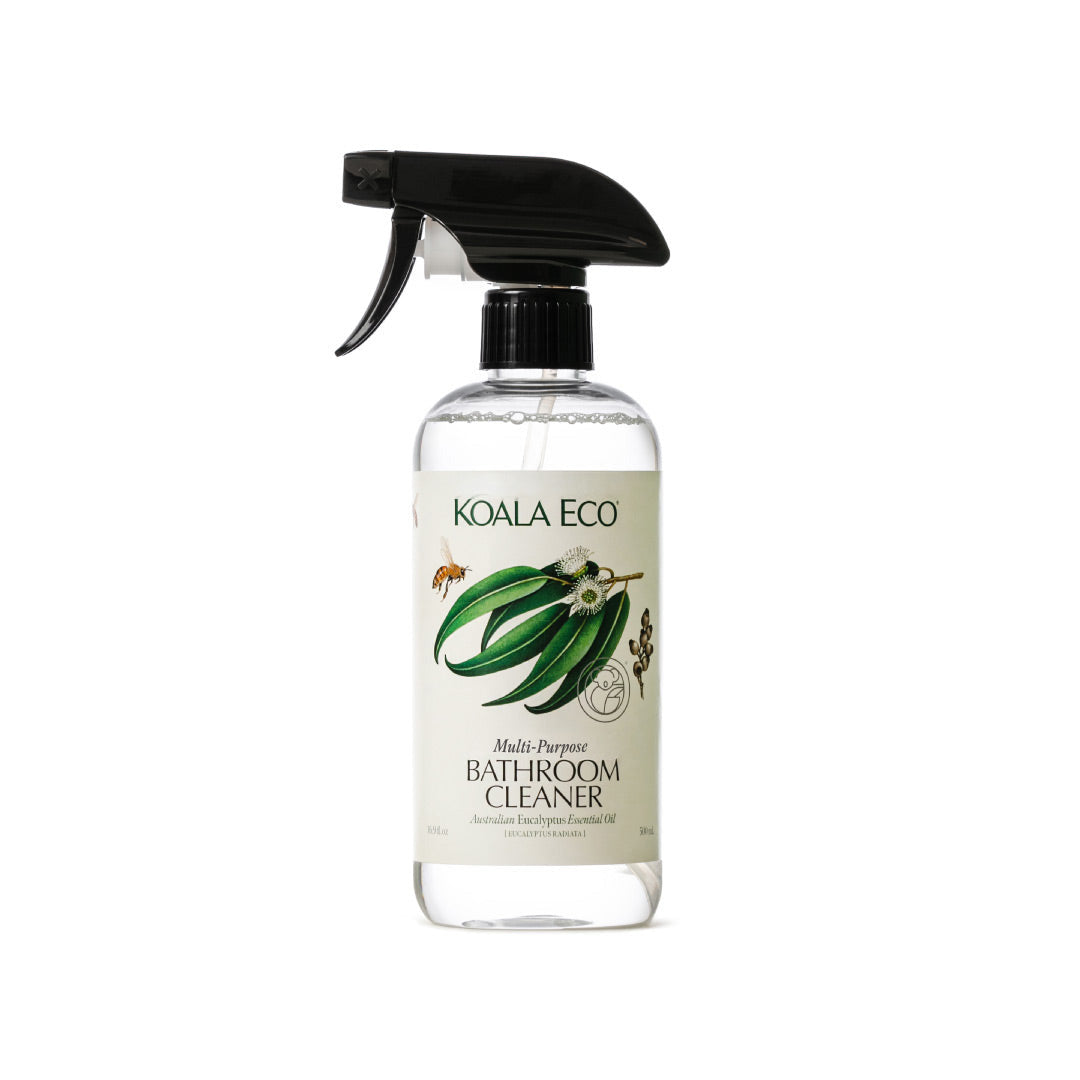
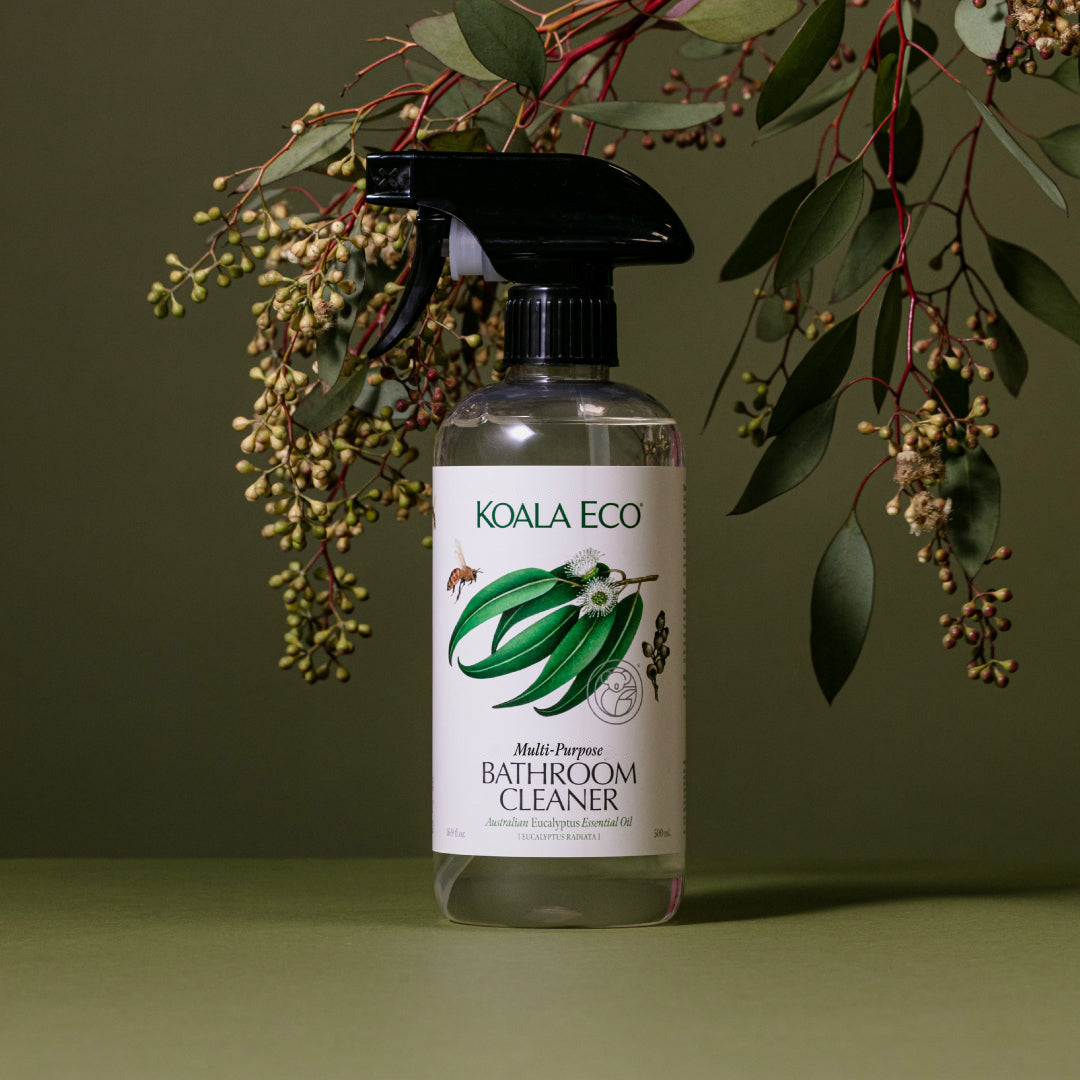
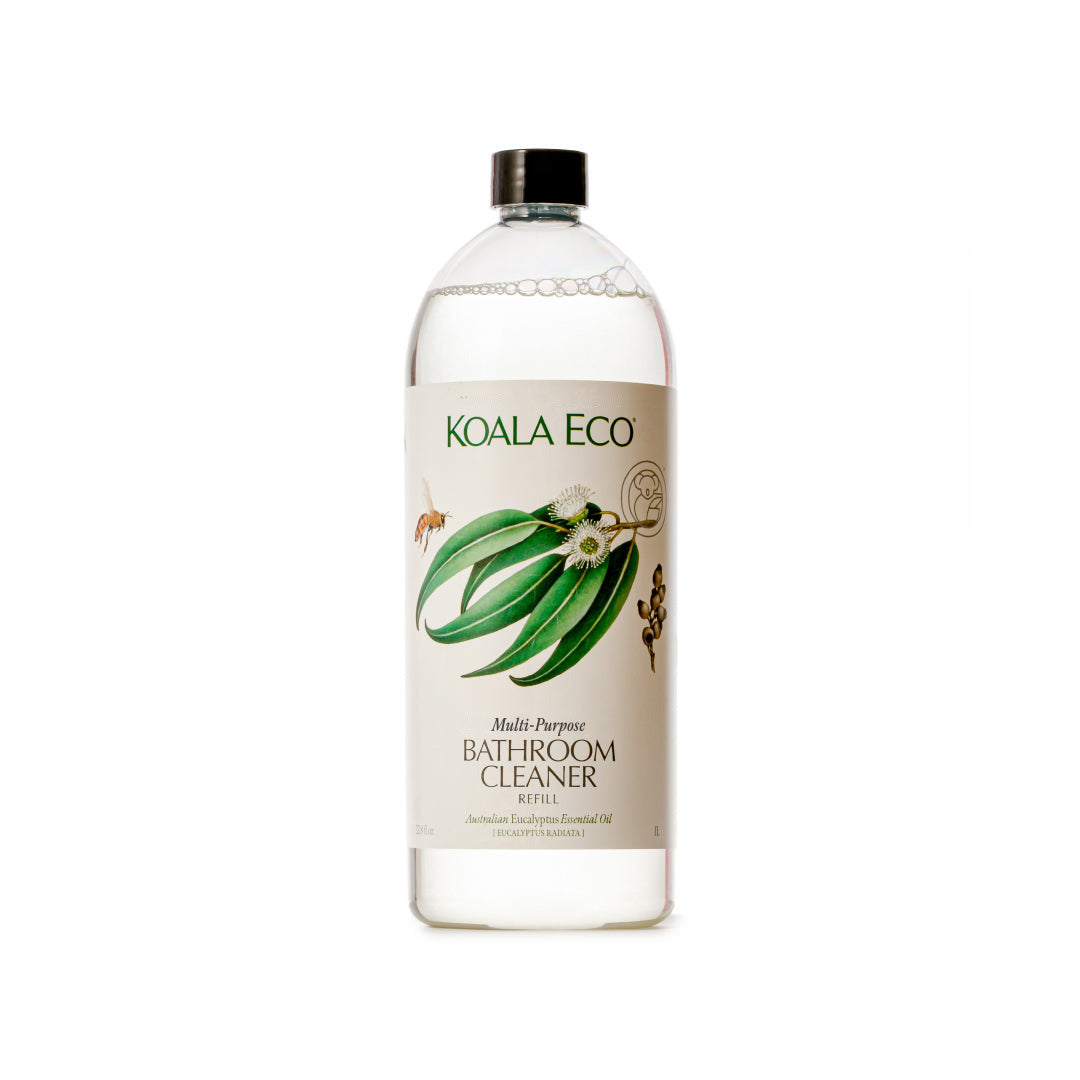
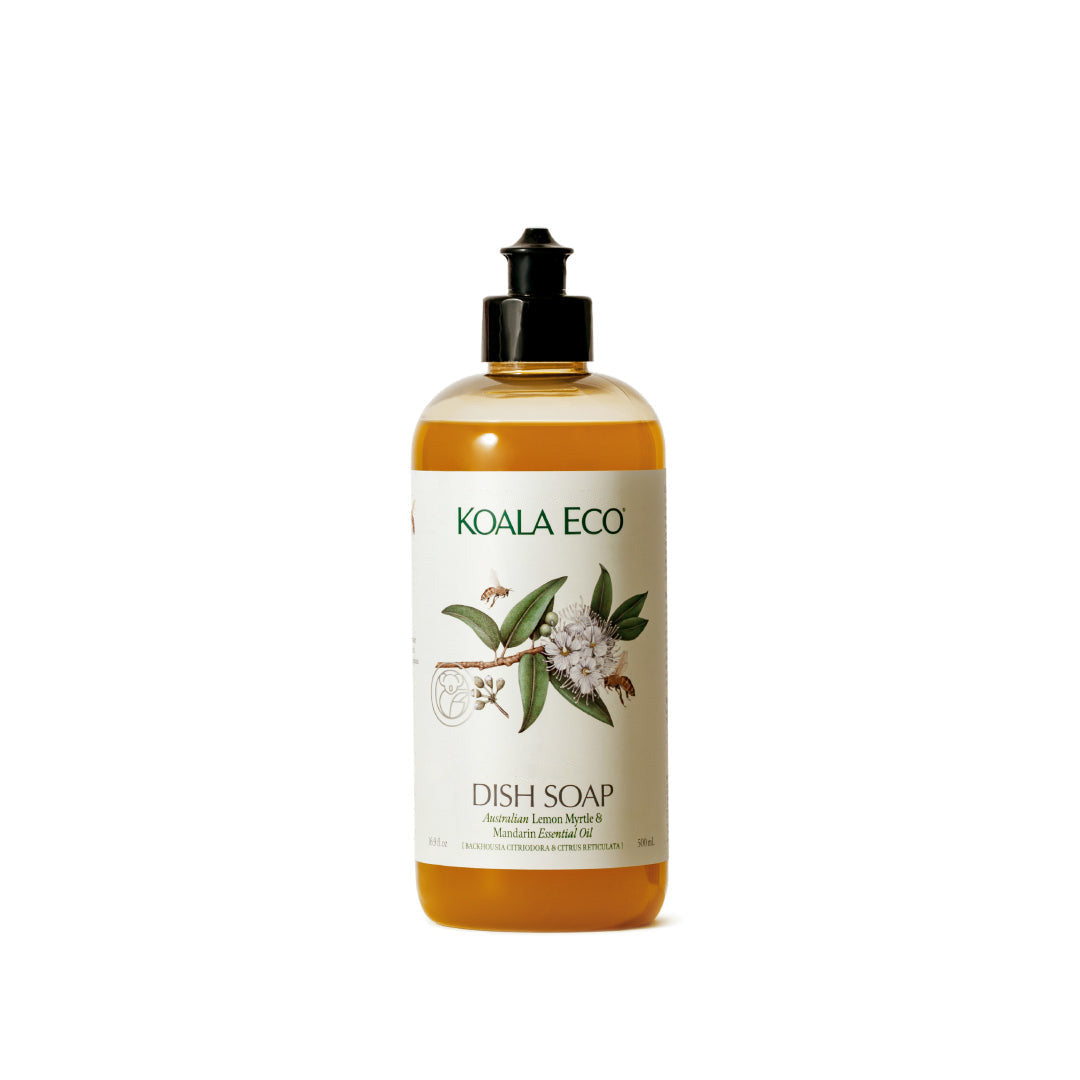
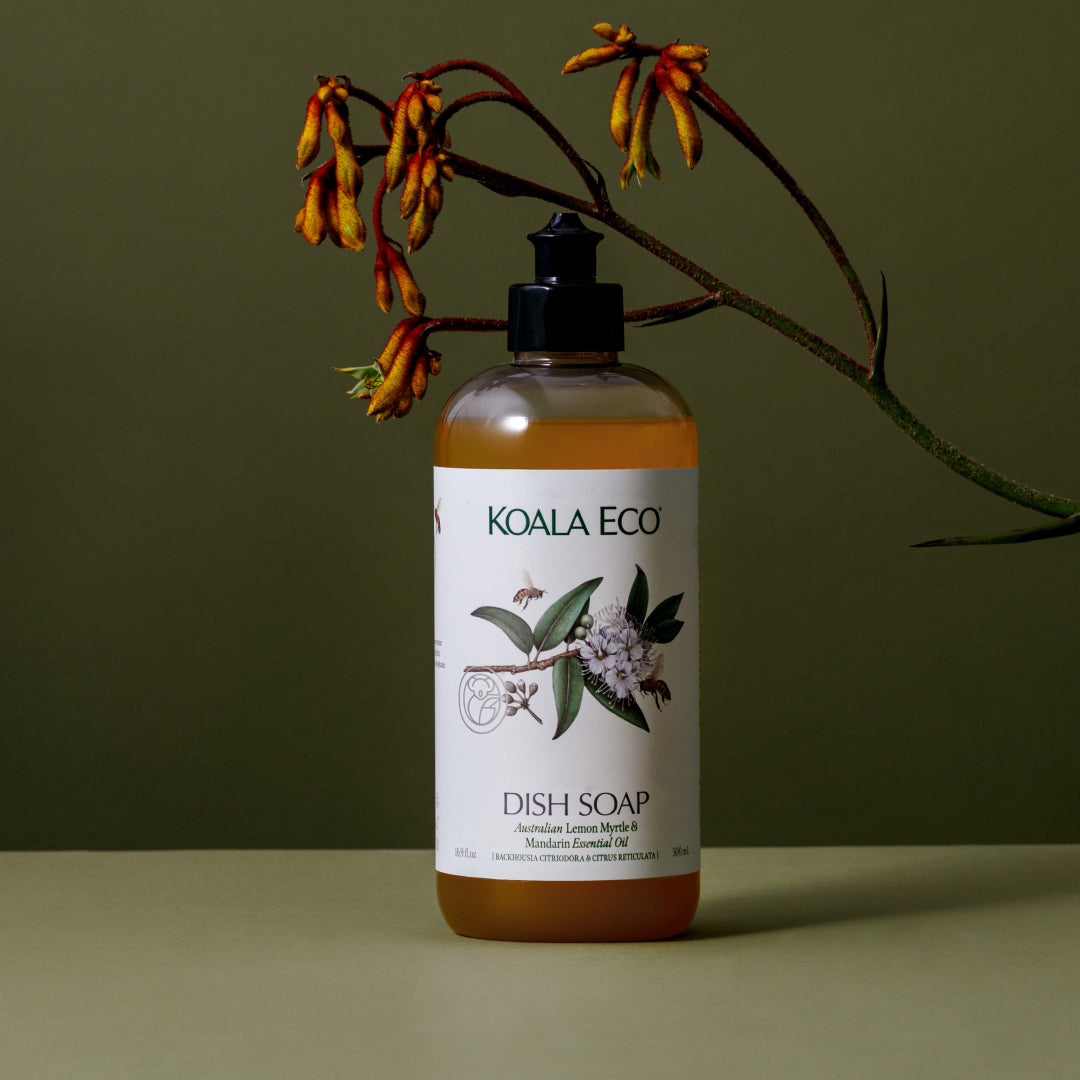
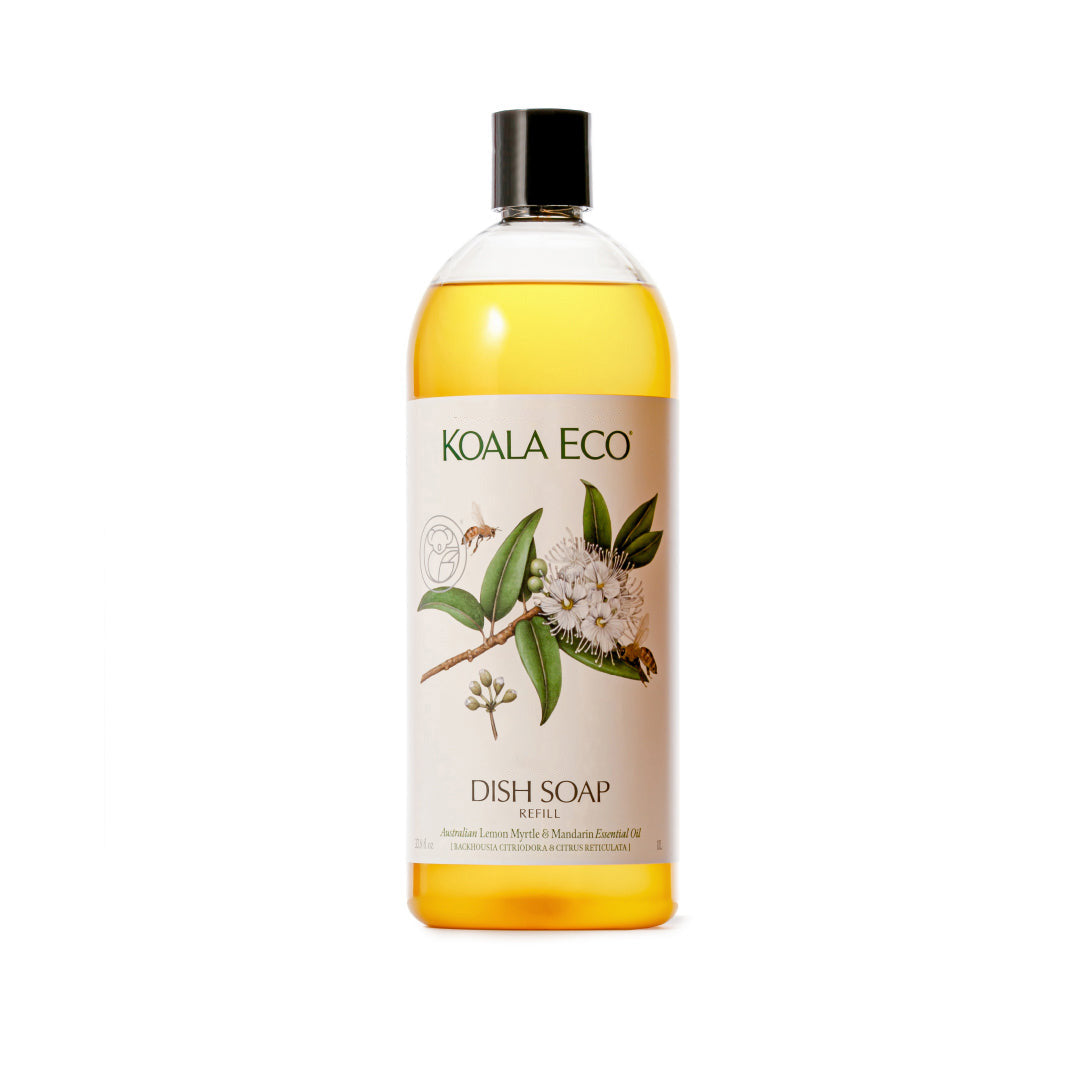
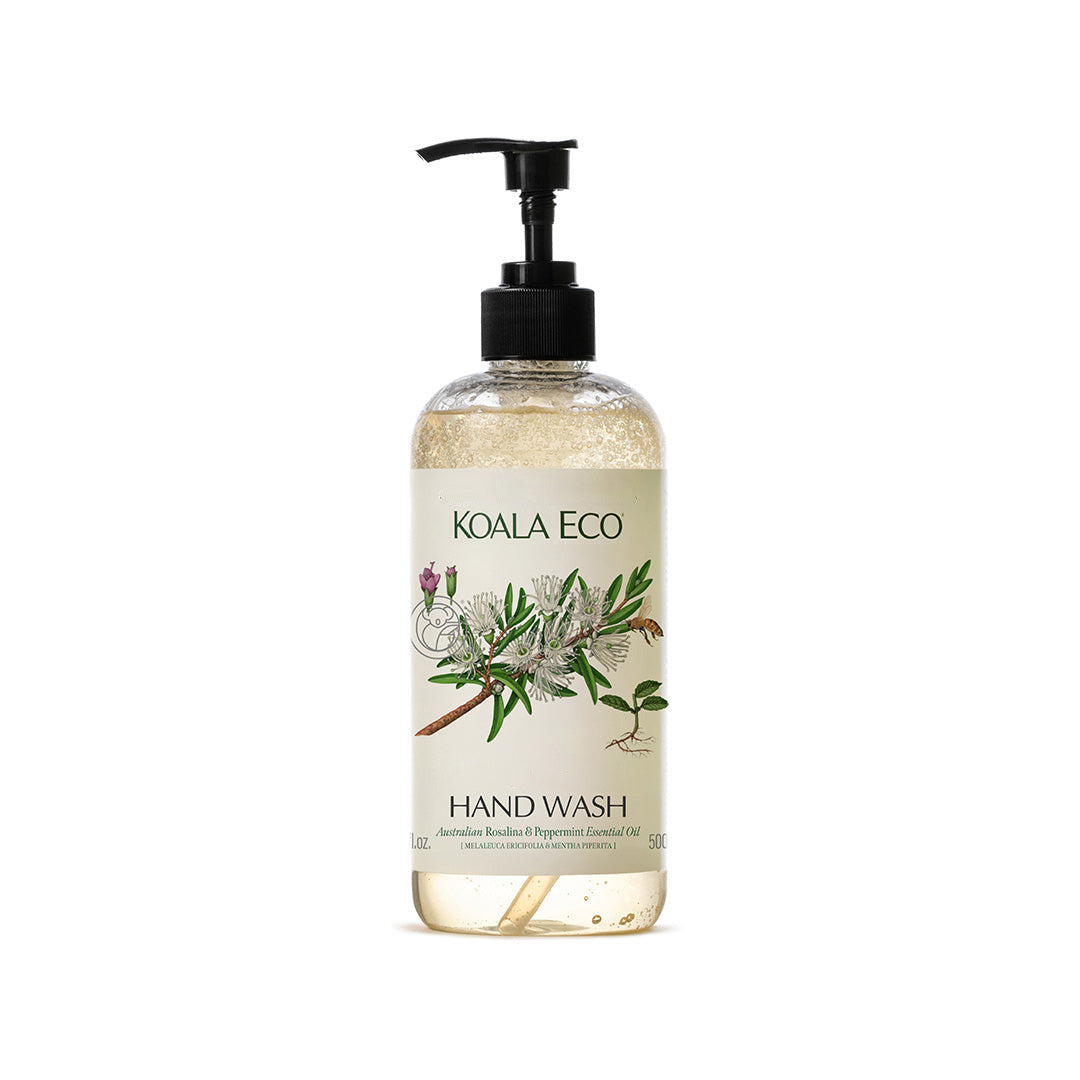
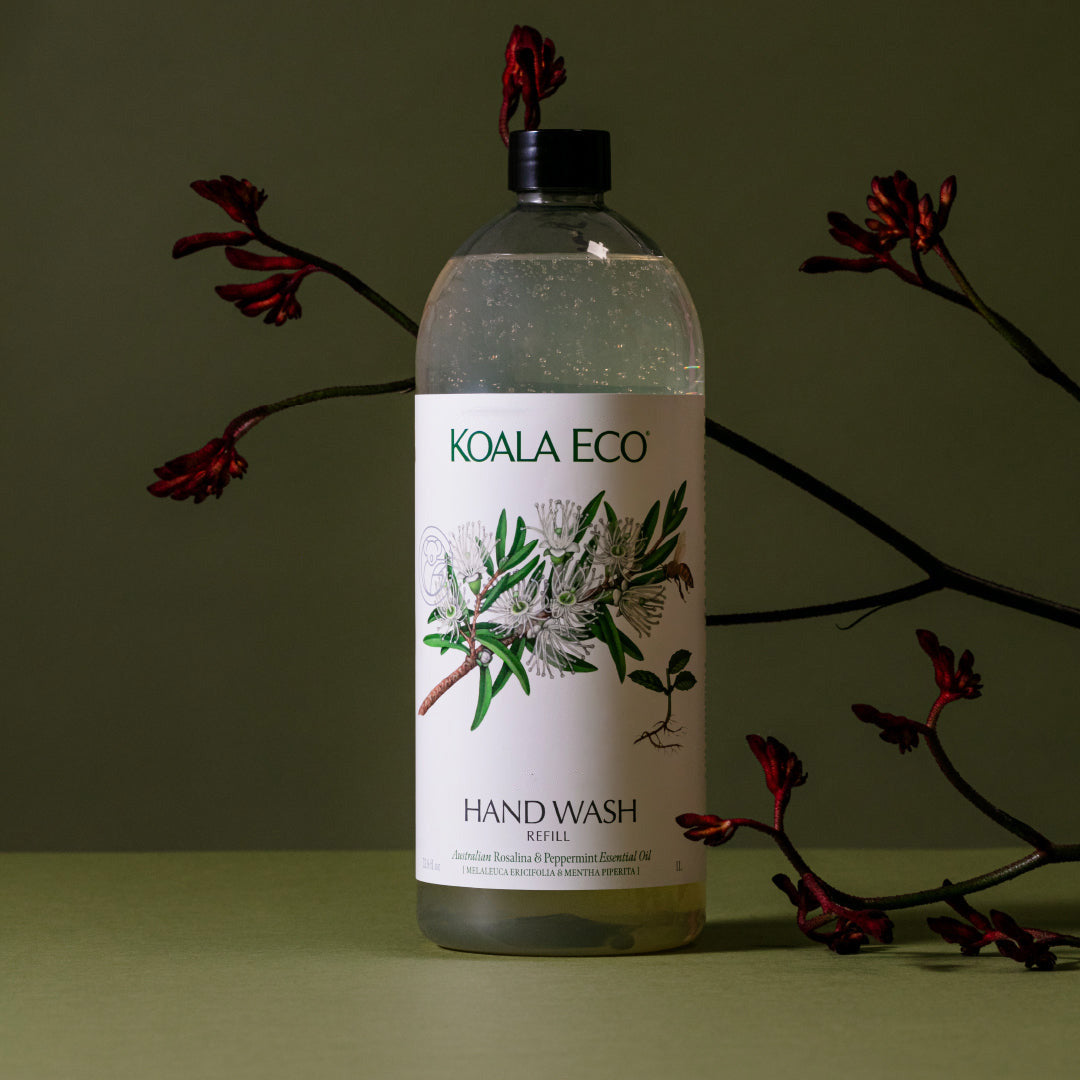
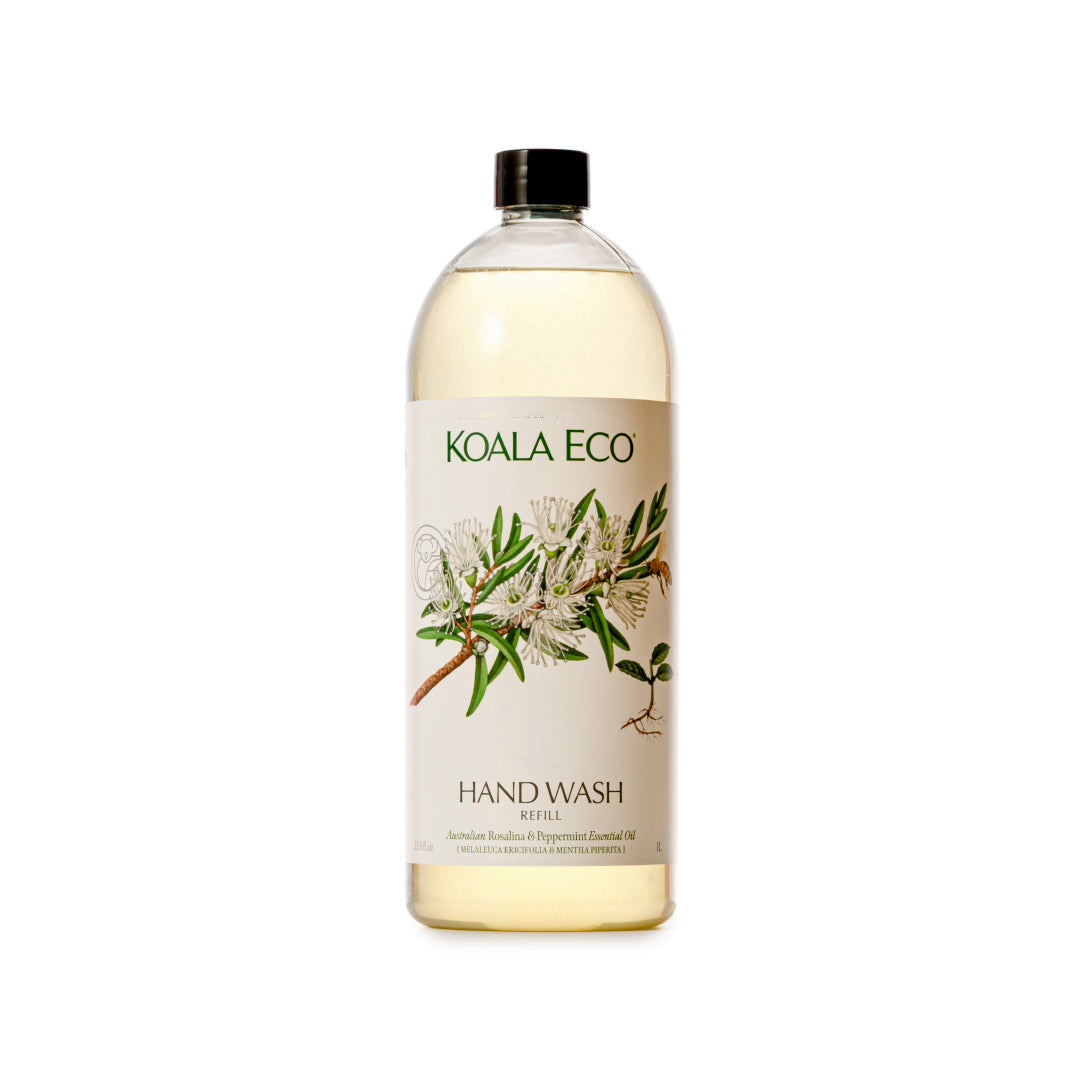
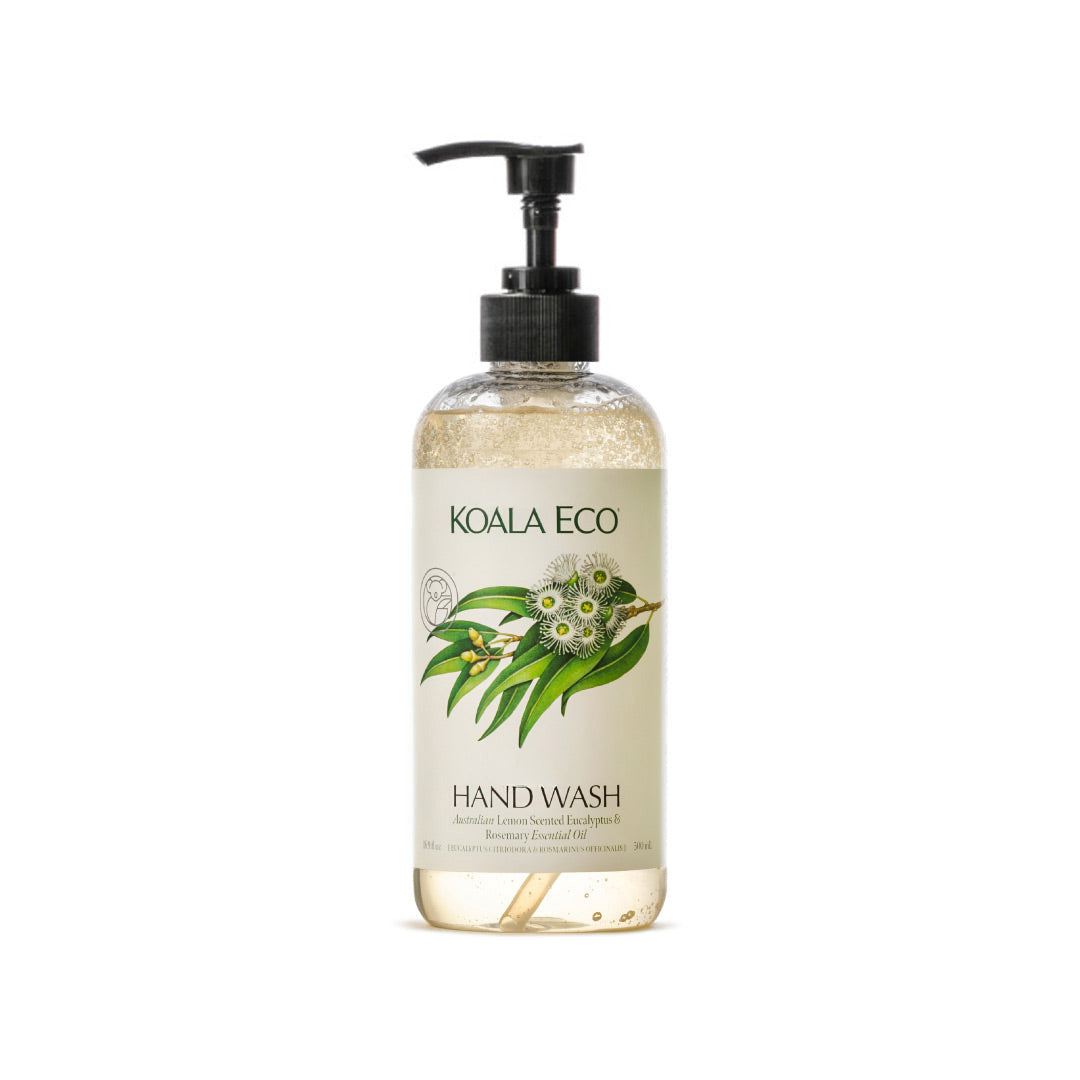
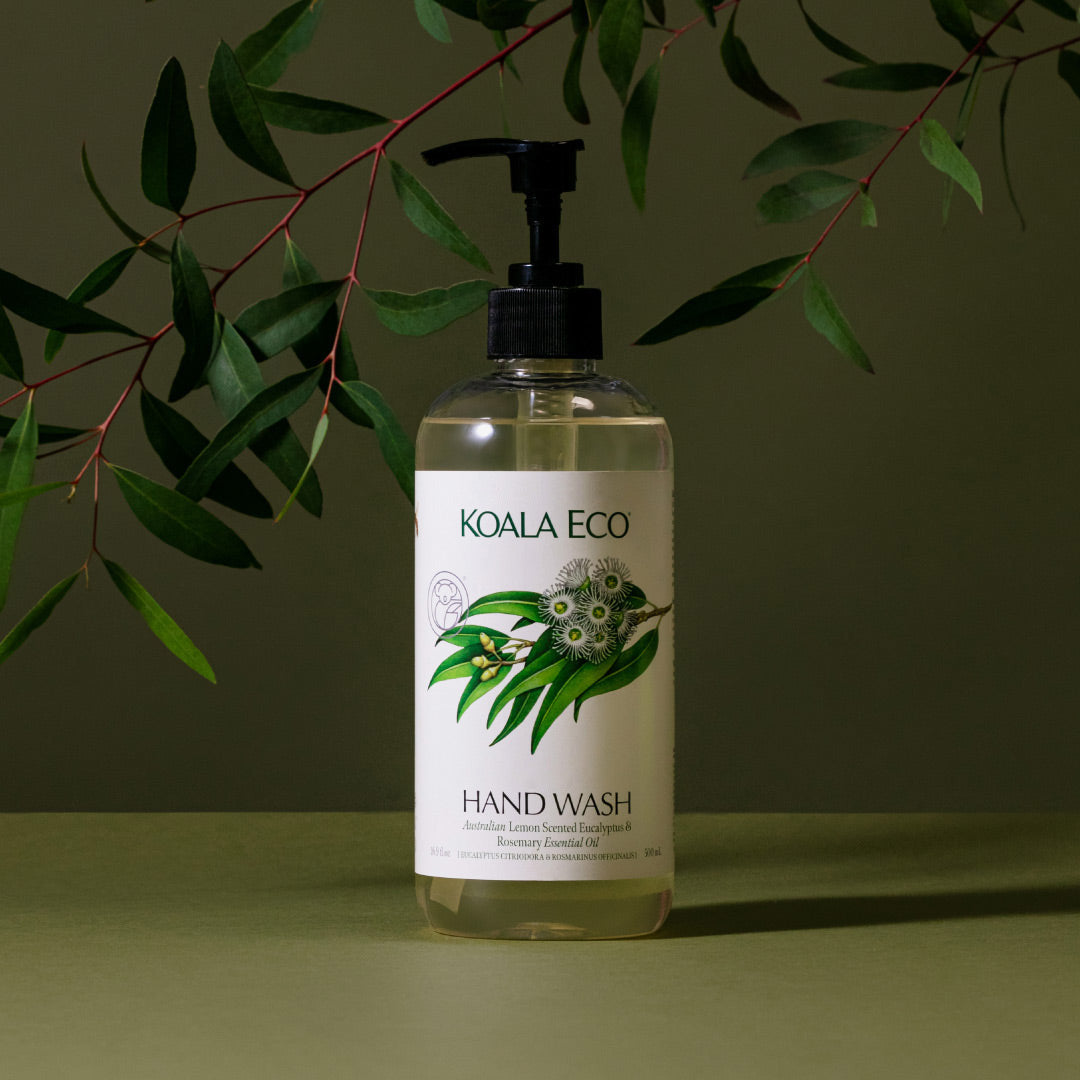
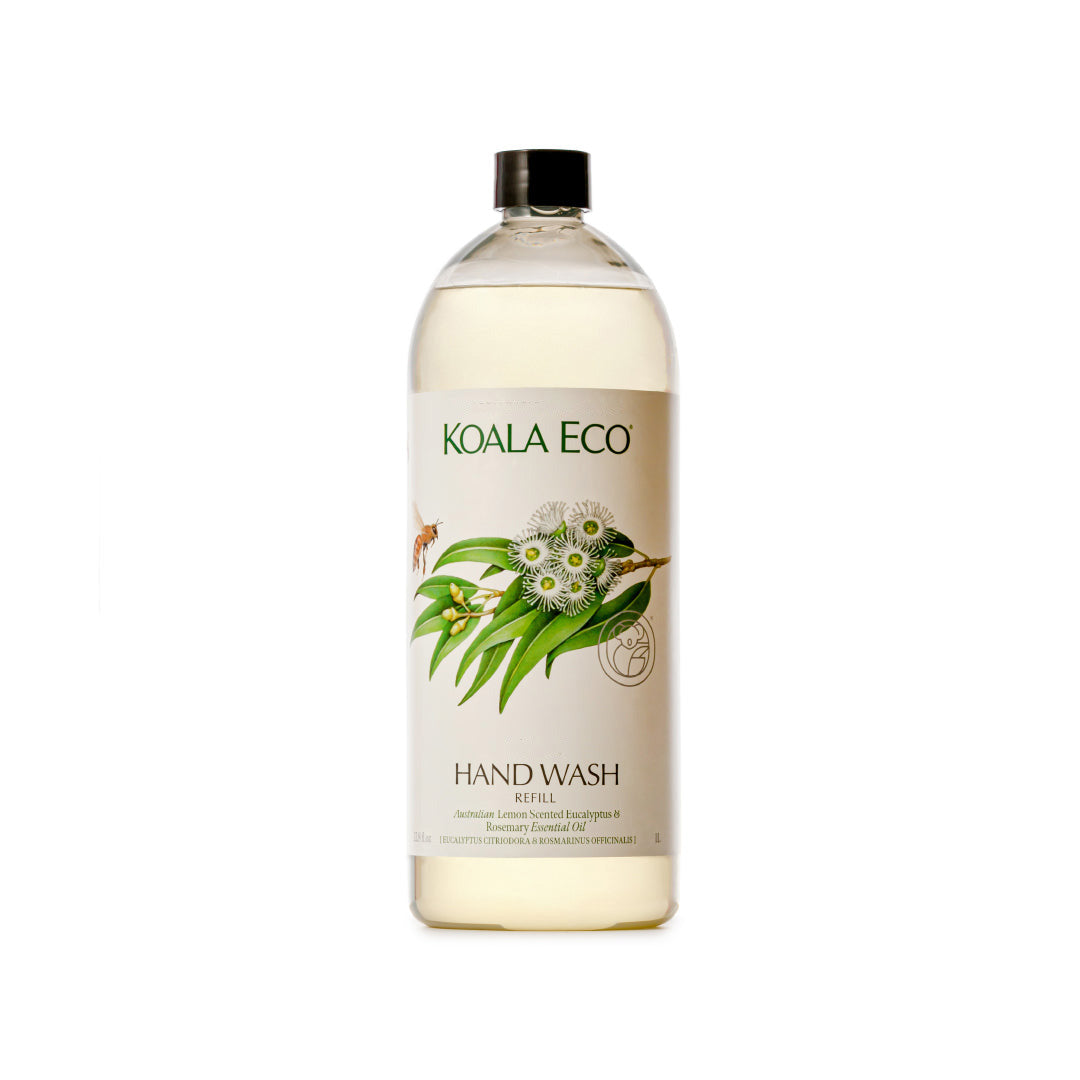
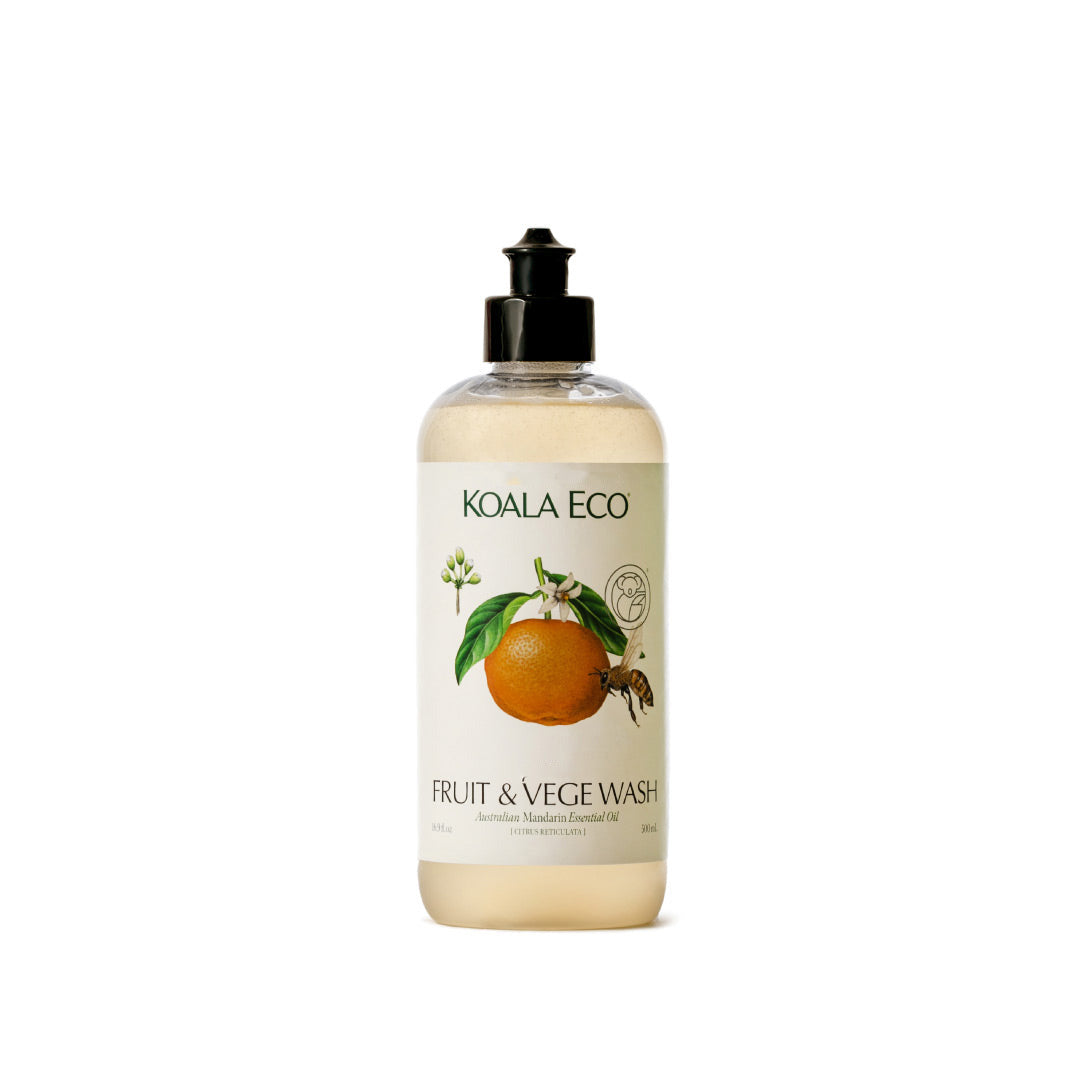
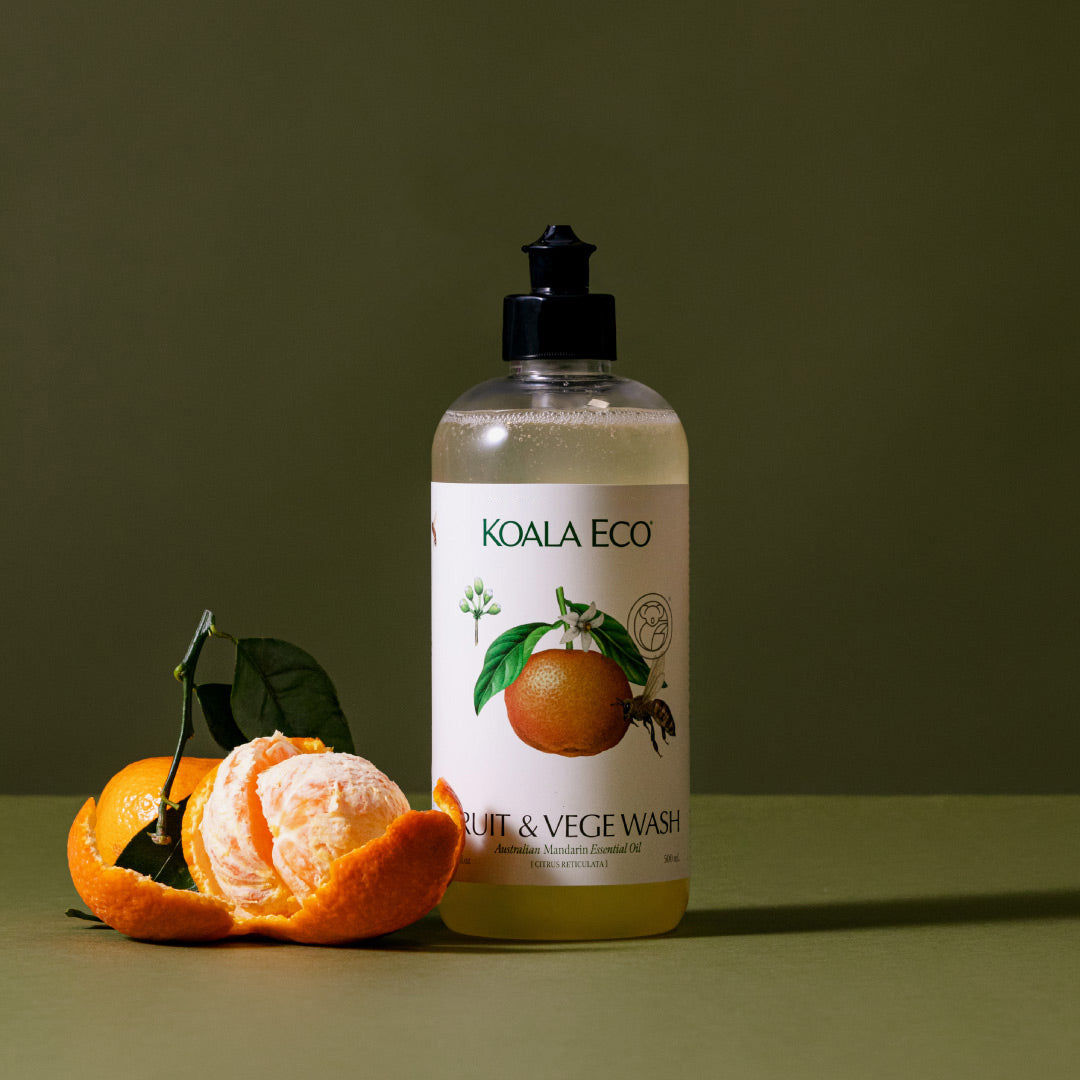
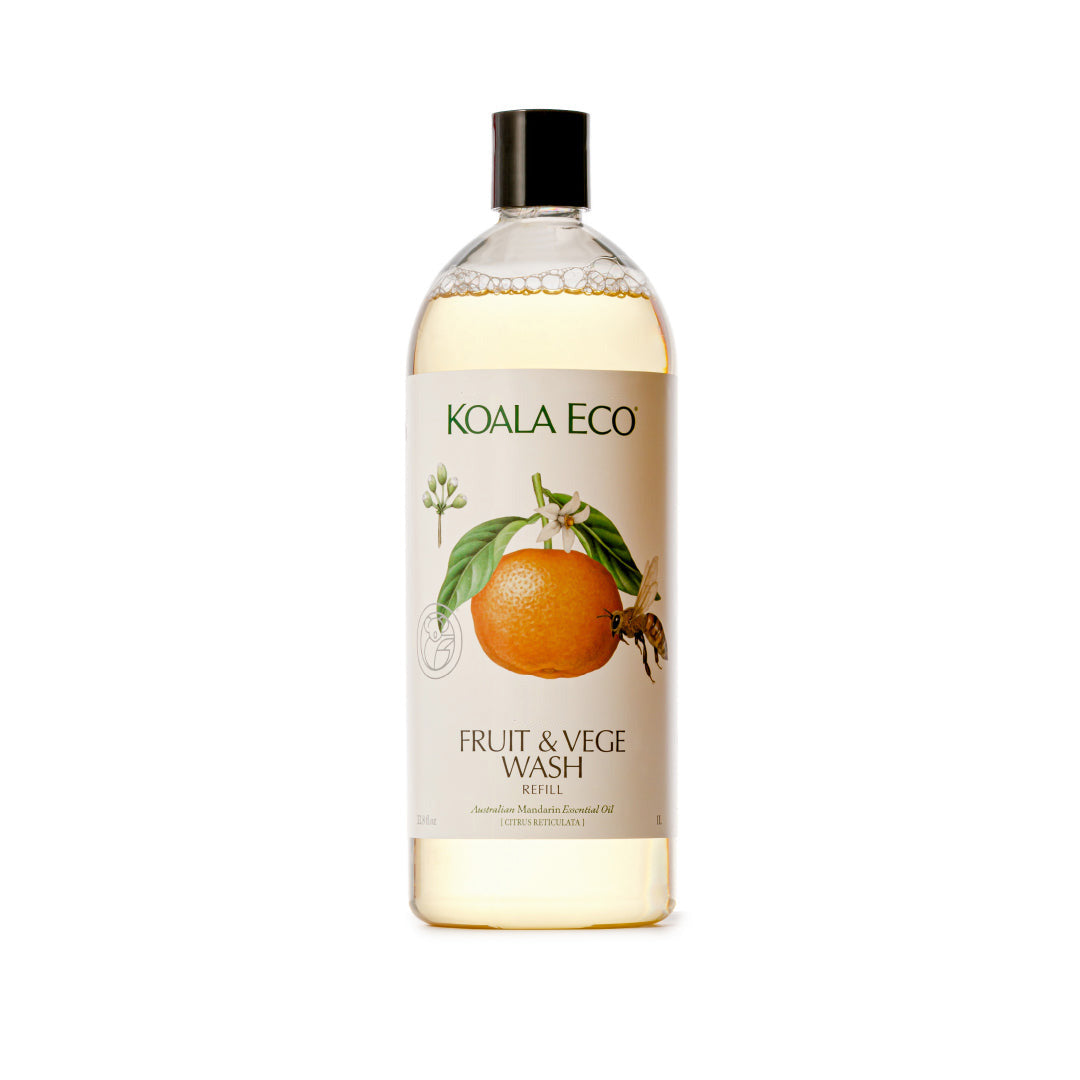
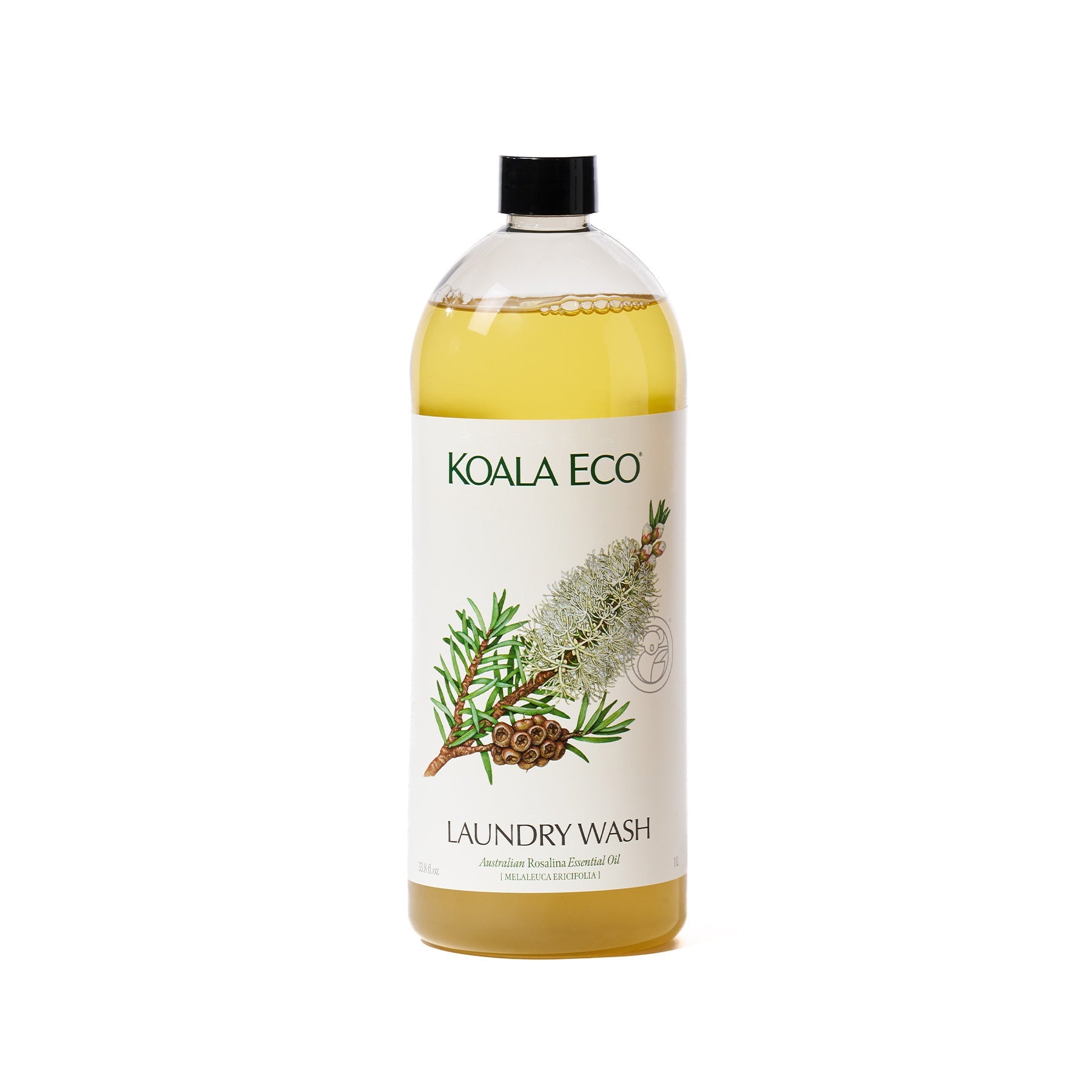
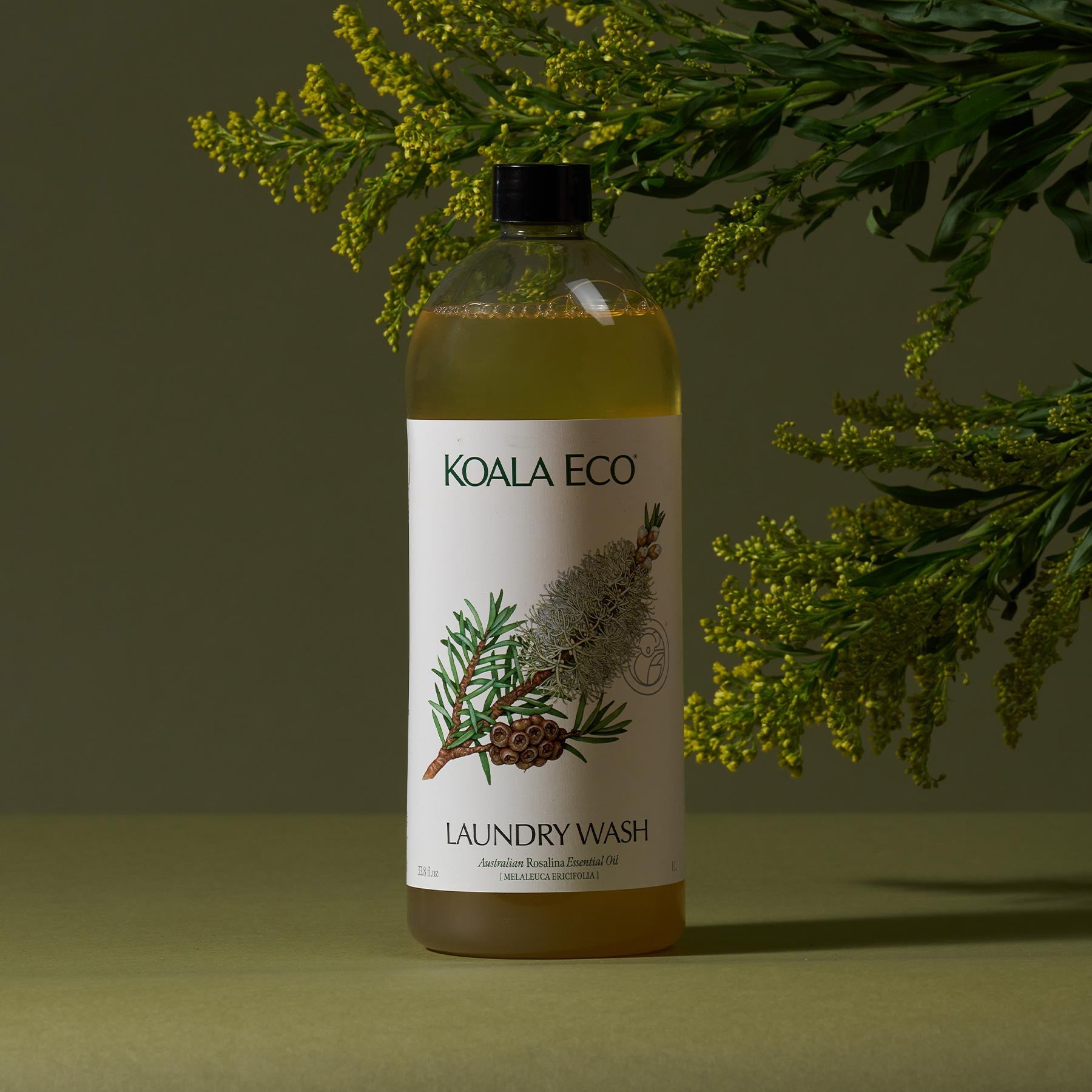
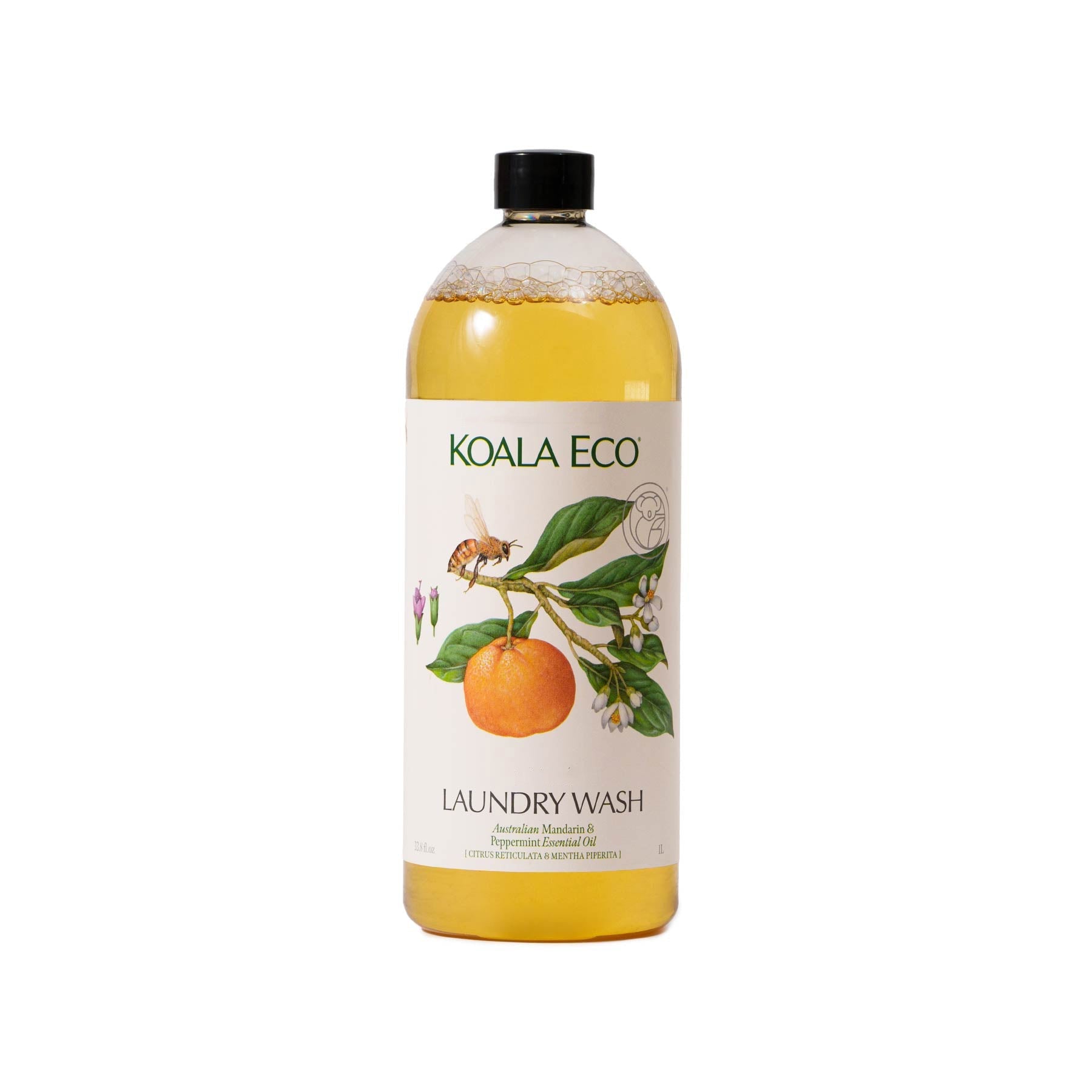
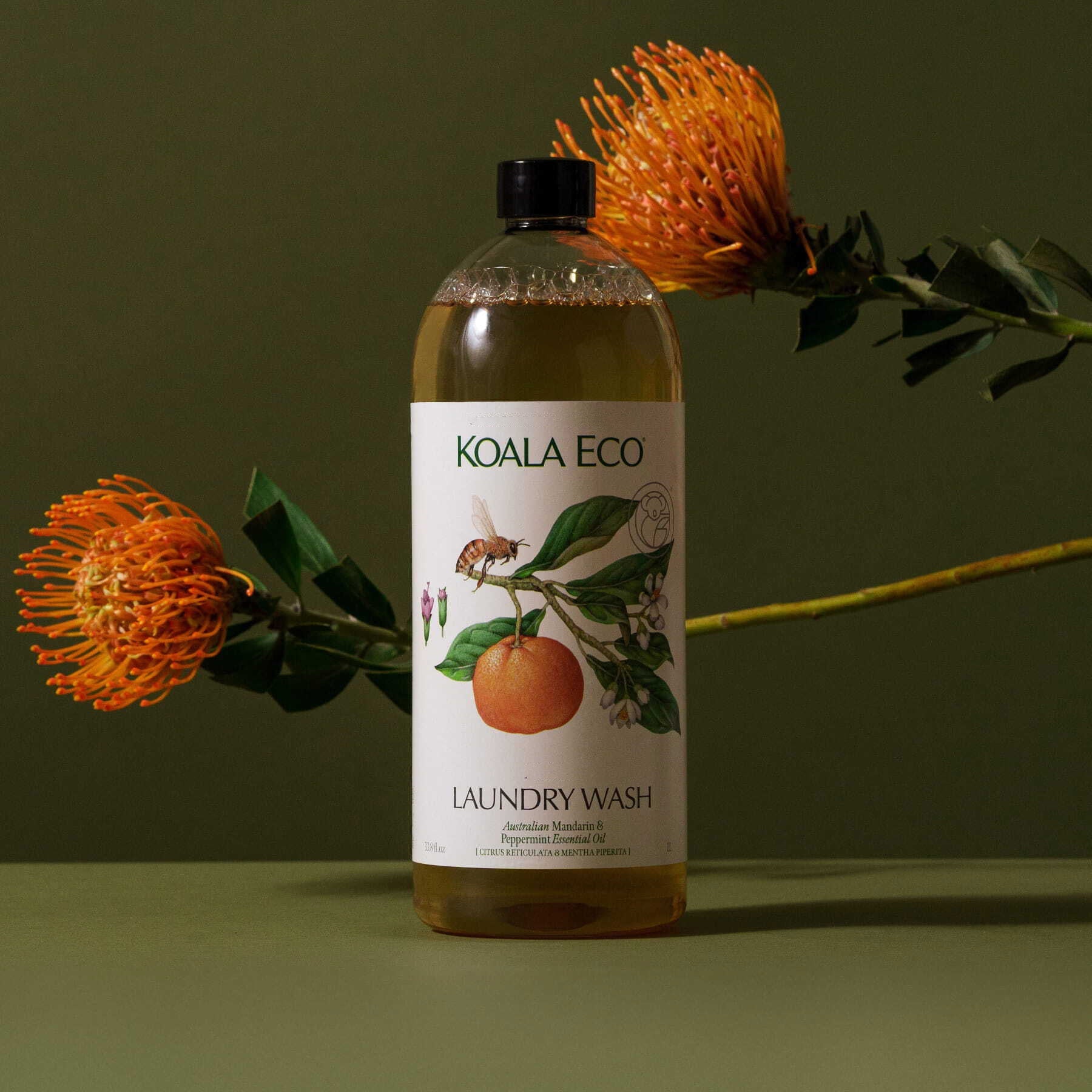
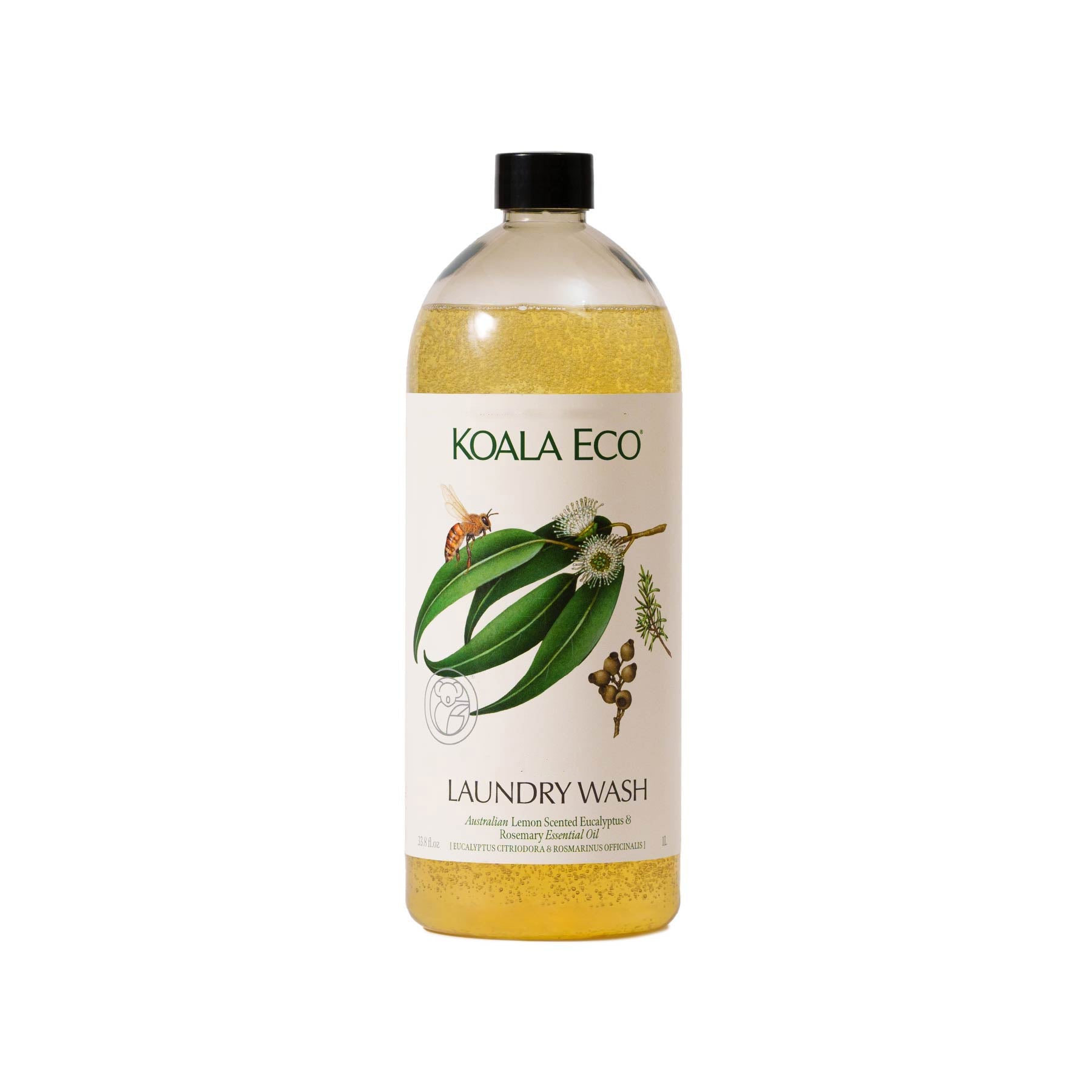
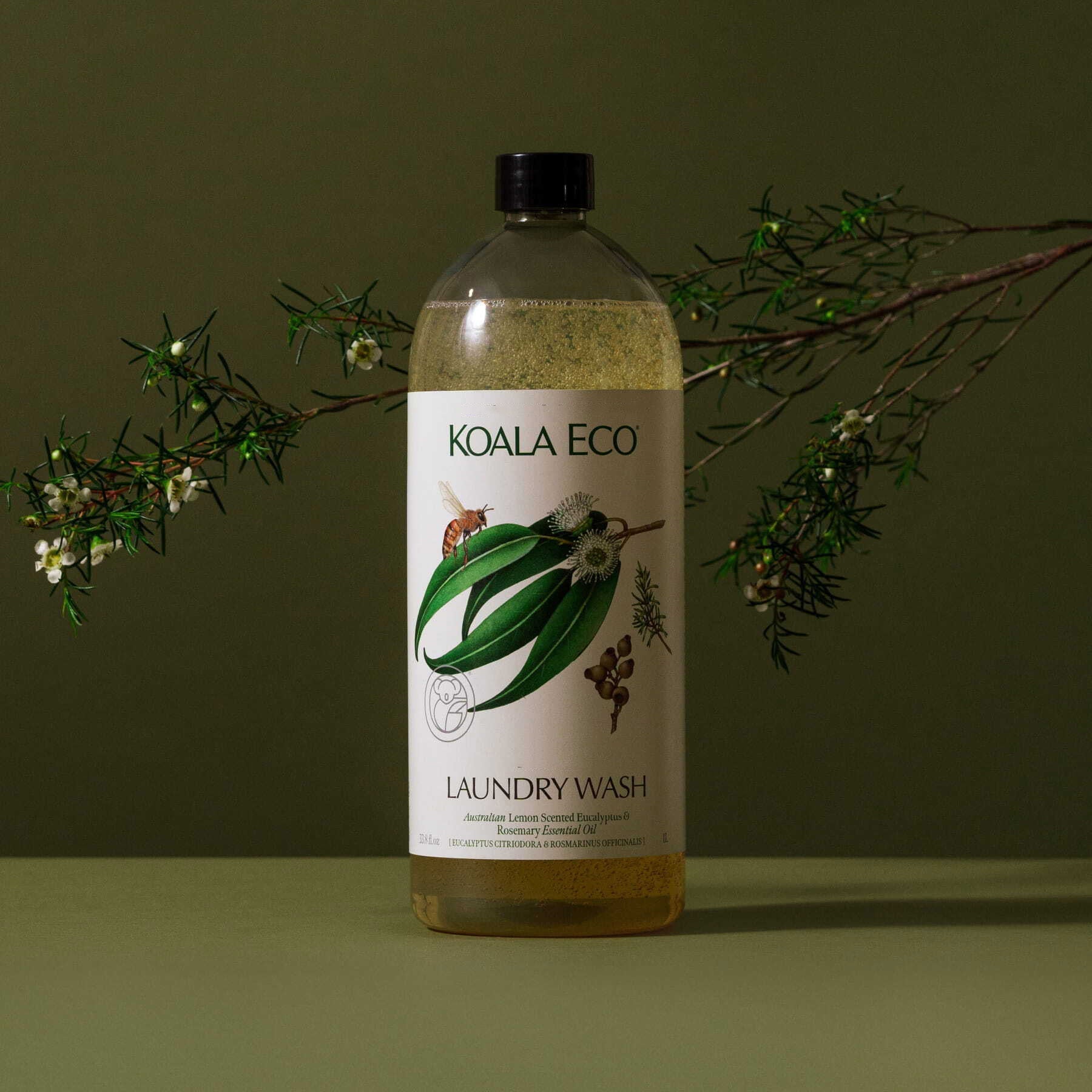
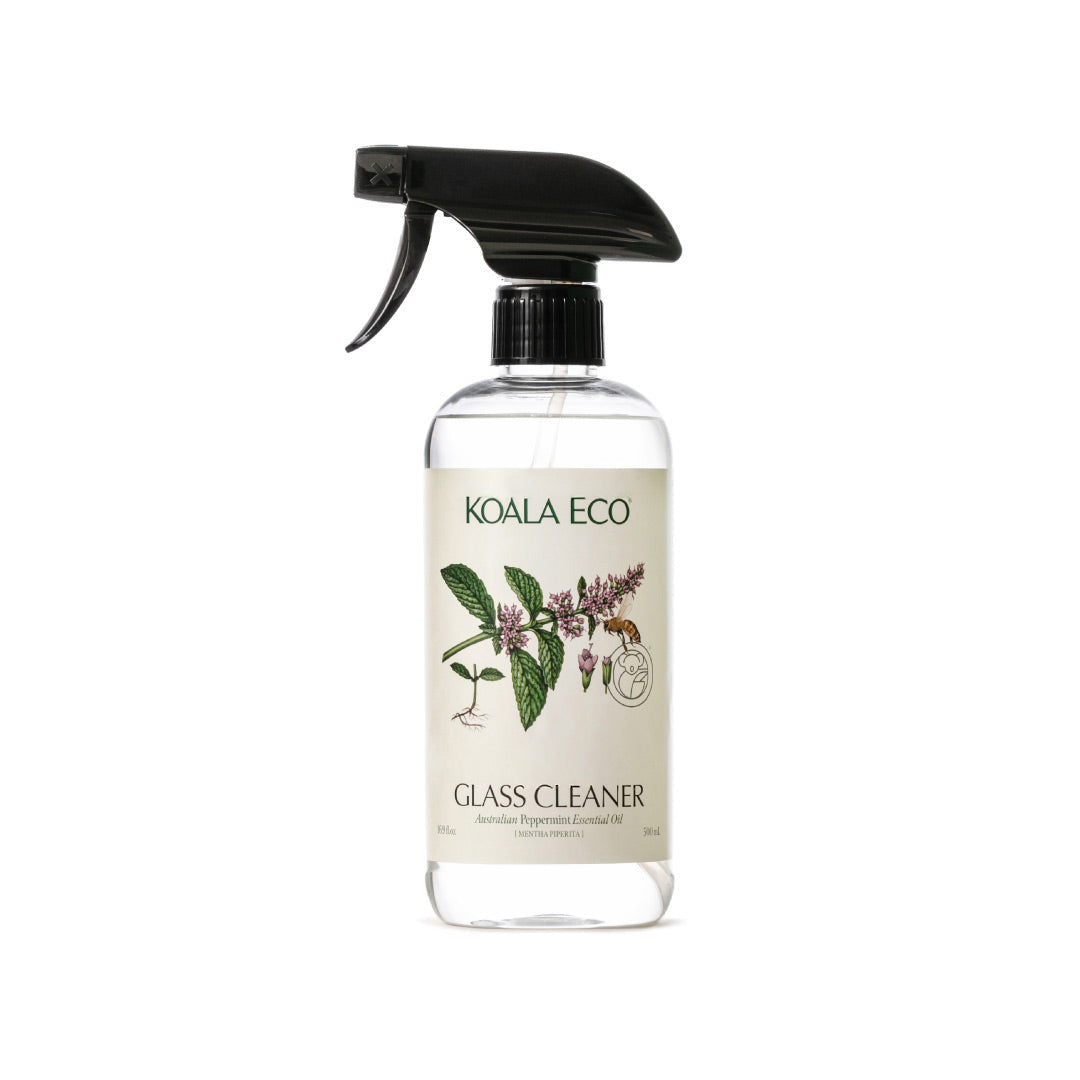
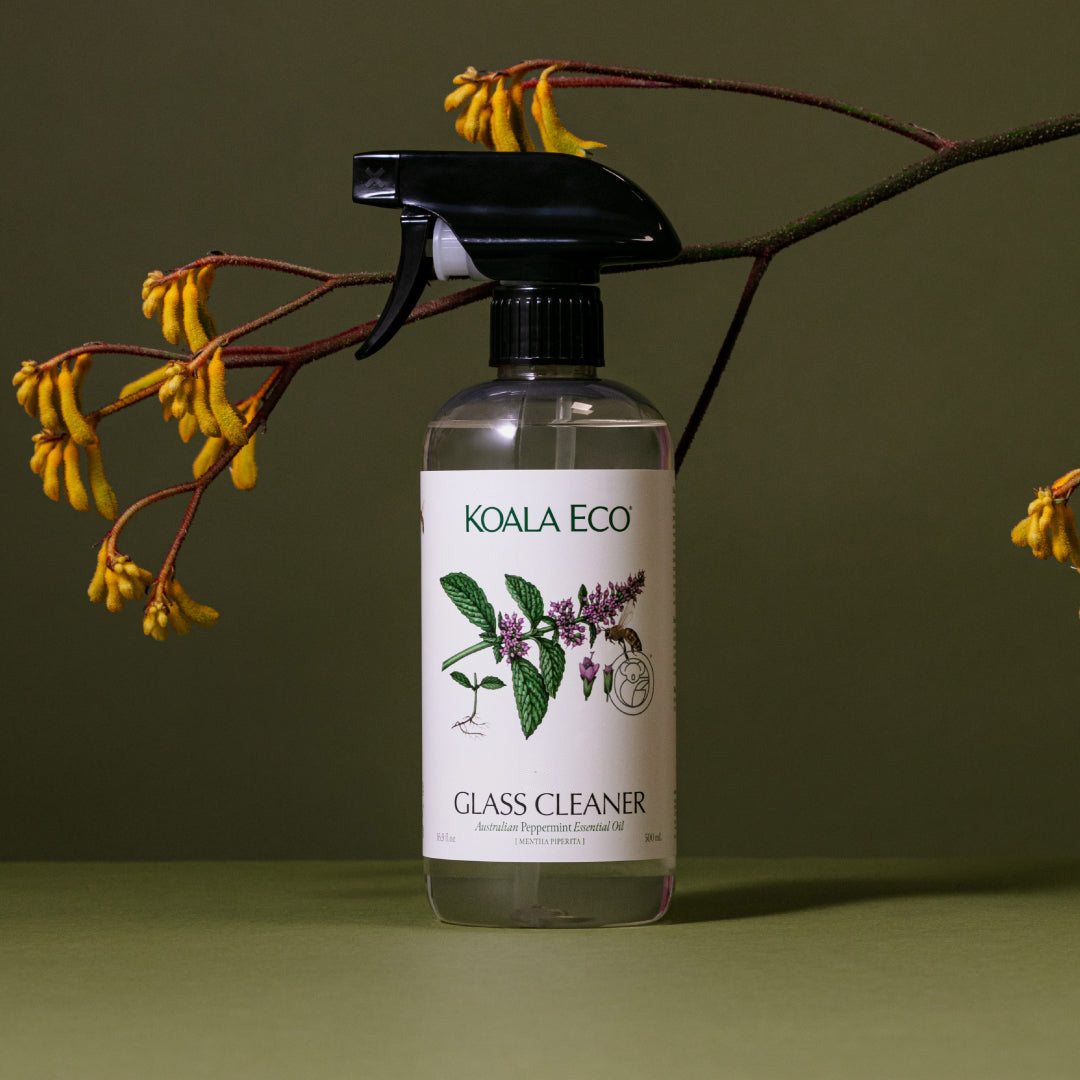
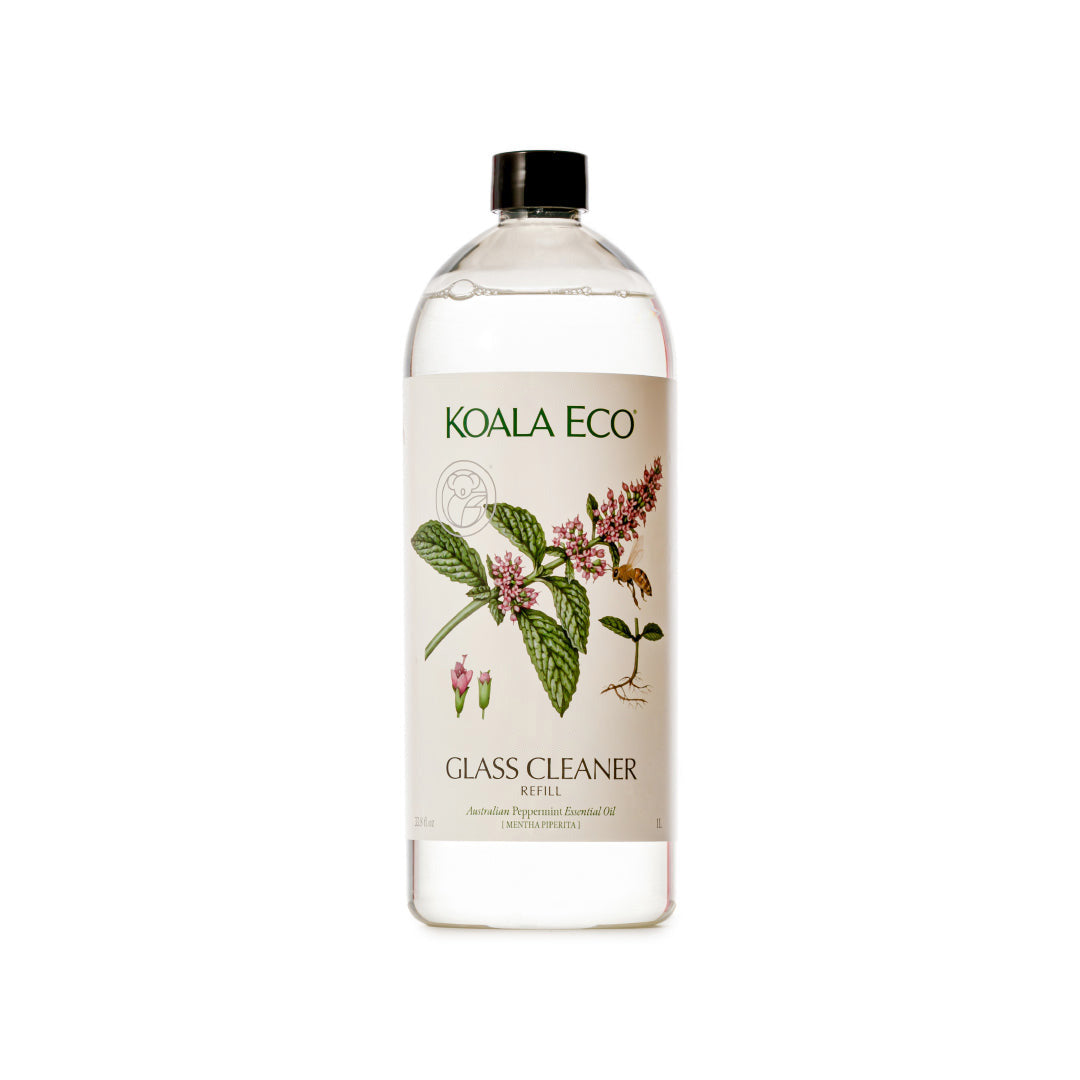
![The Sunday Reset - Inspired by Pink Grapefruit [Citrus paradisi]](http://www.koalaeco.com/cdn/shop/articles/KoalaEco-2025-Sunday_Reset-Pink_Grapefruit-Journal_Banner.jpg?v=1762548512&width=2000)

